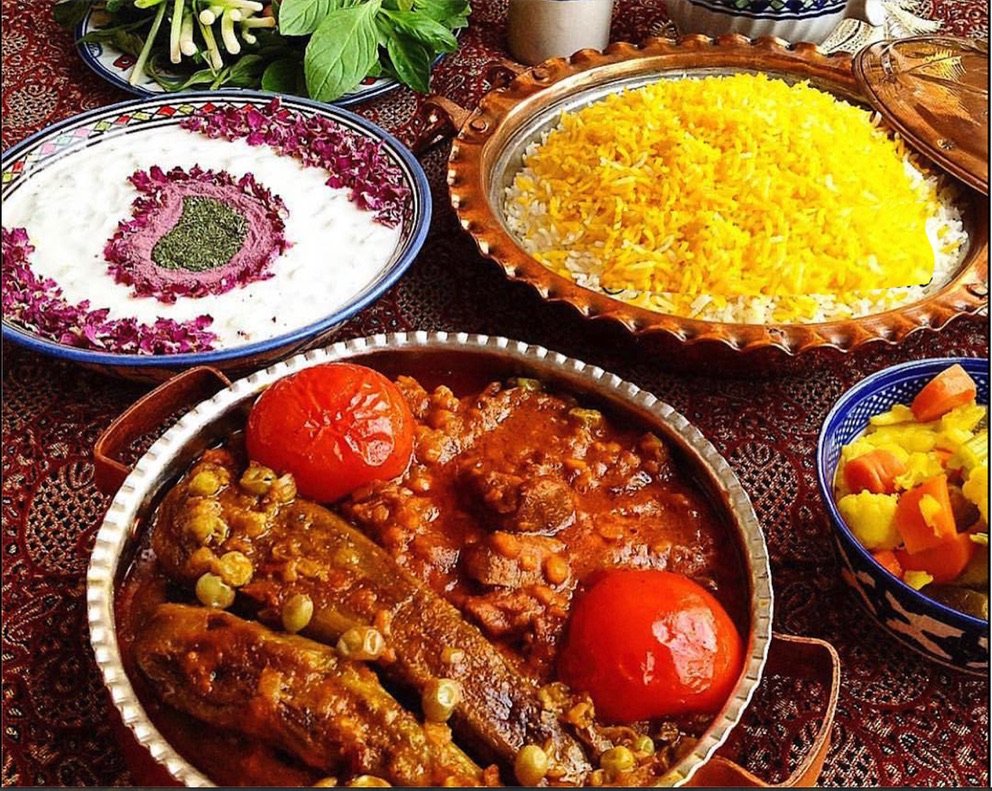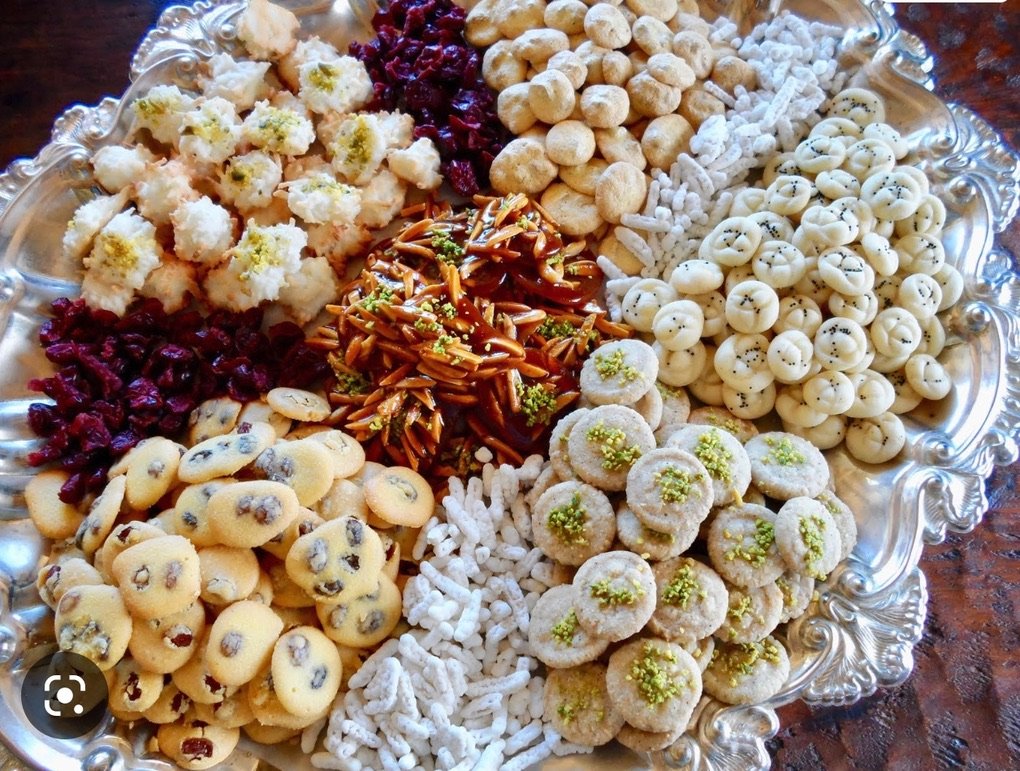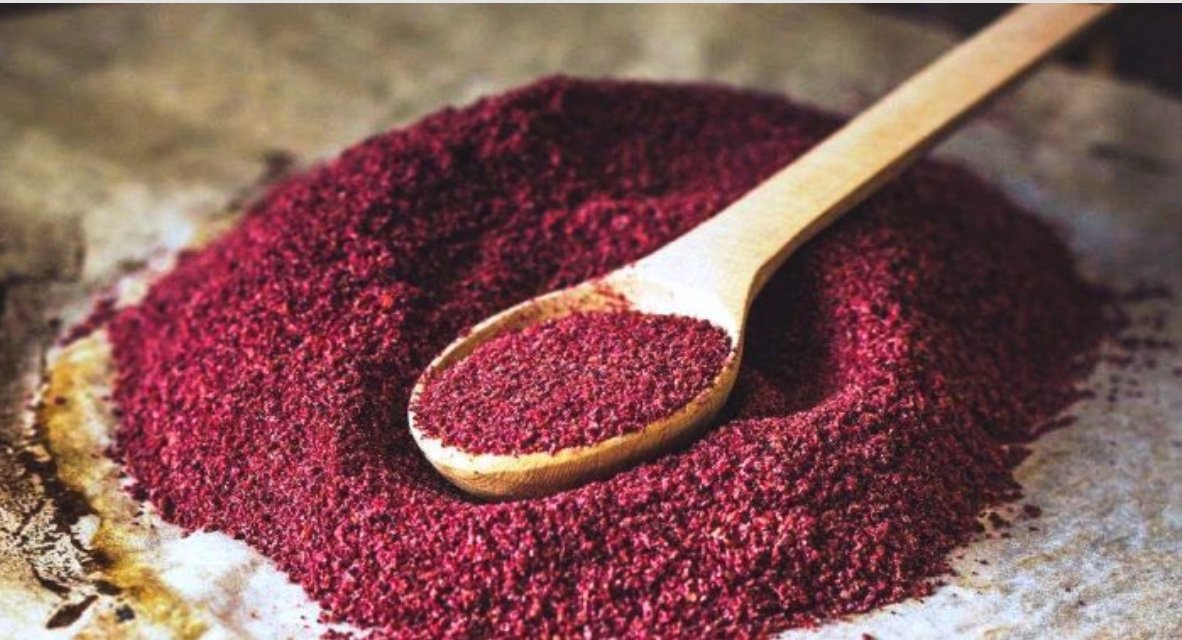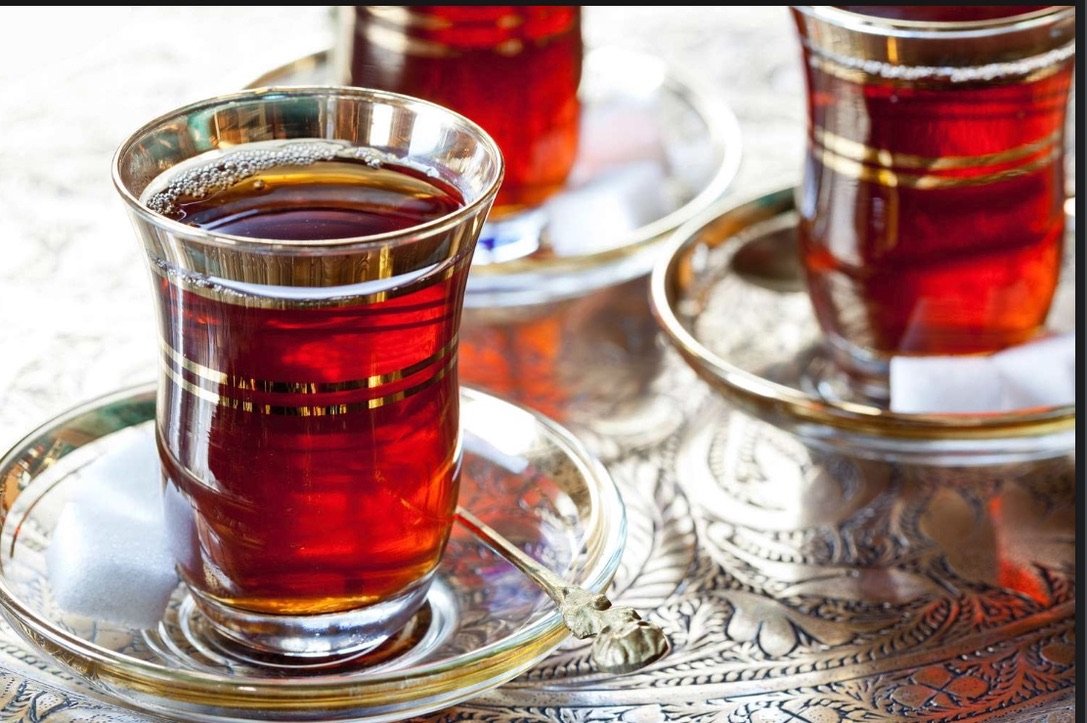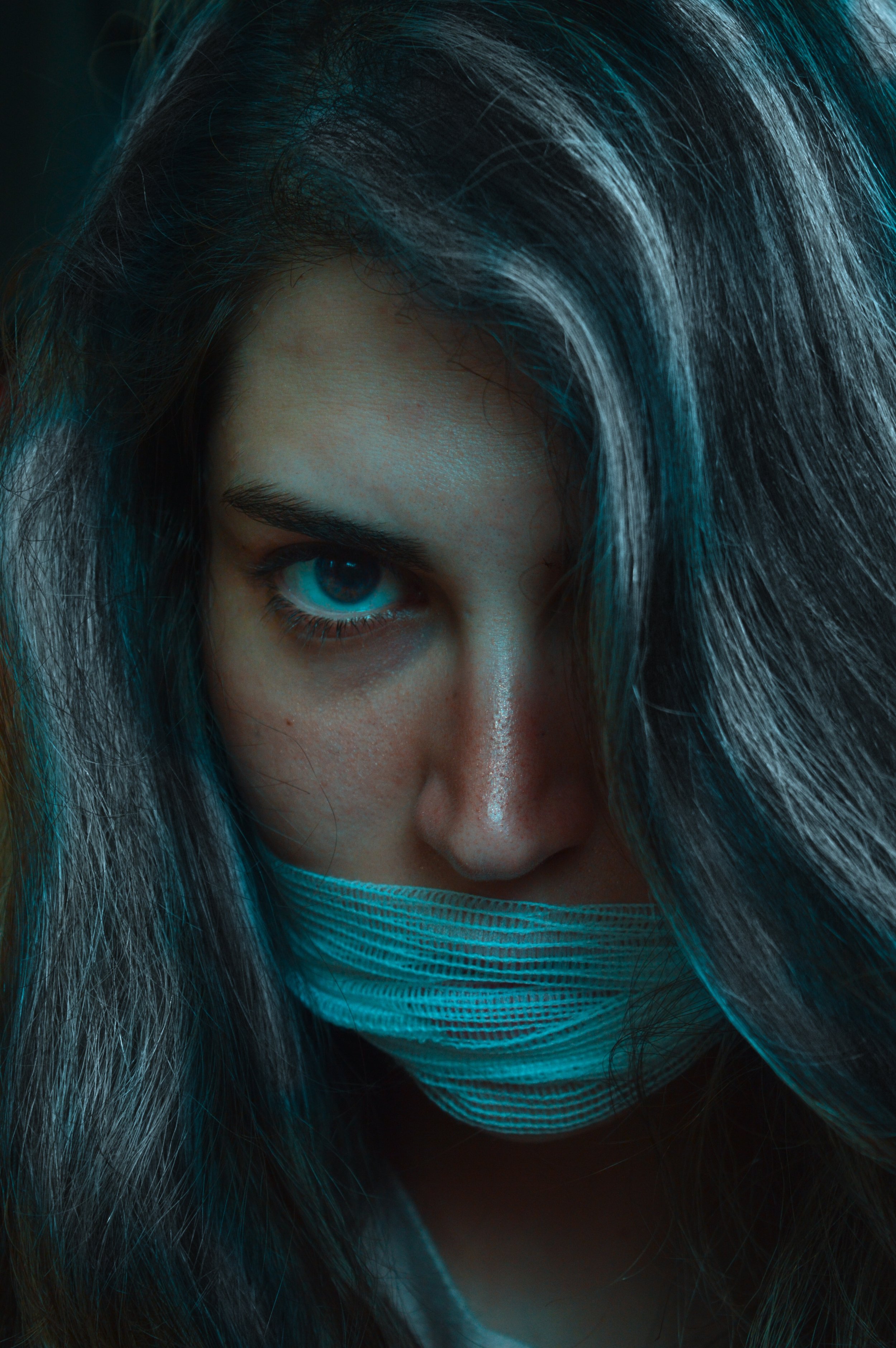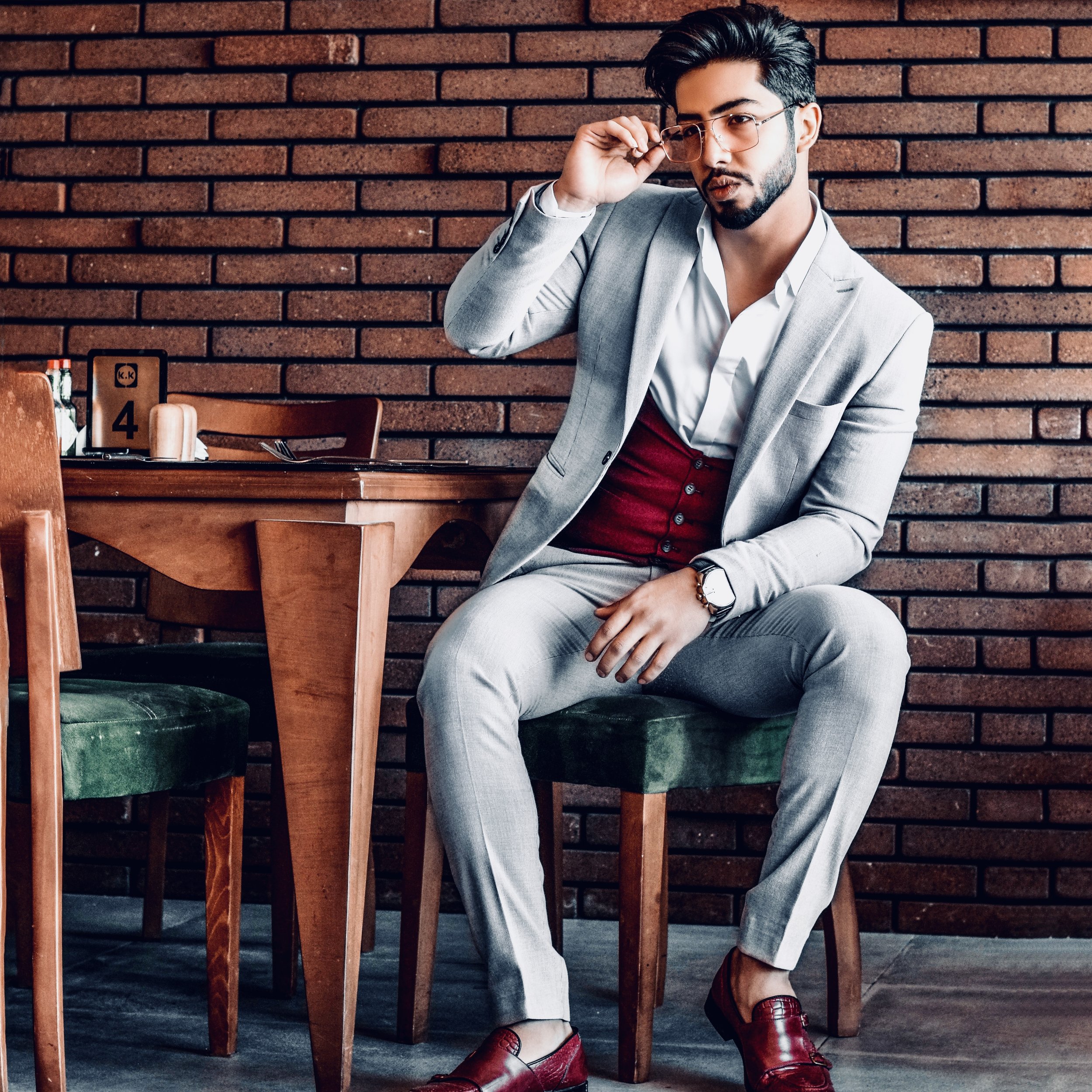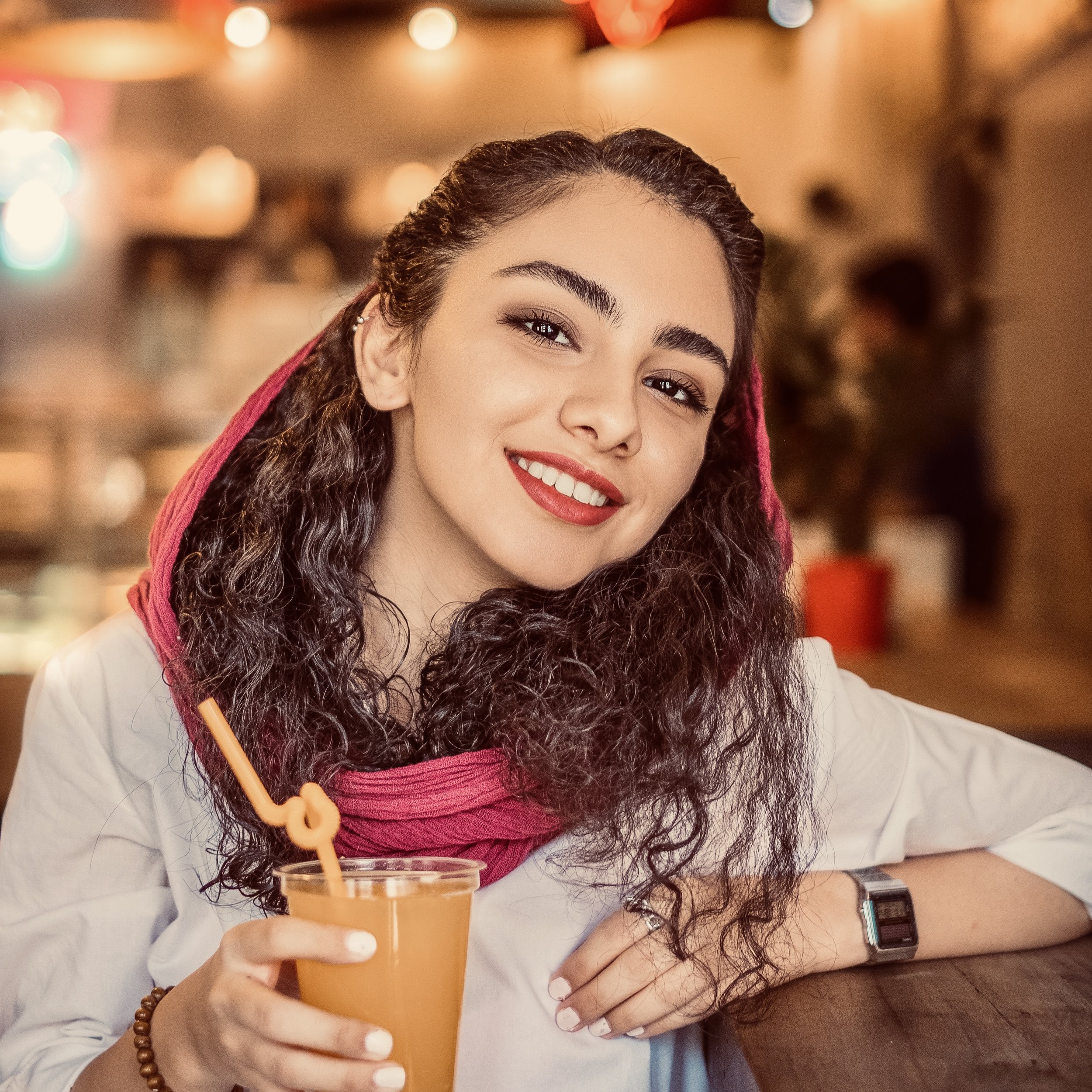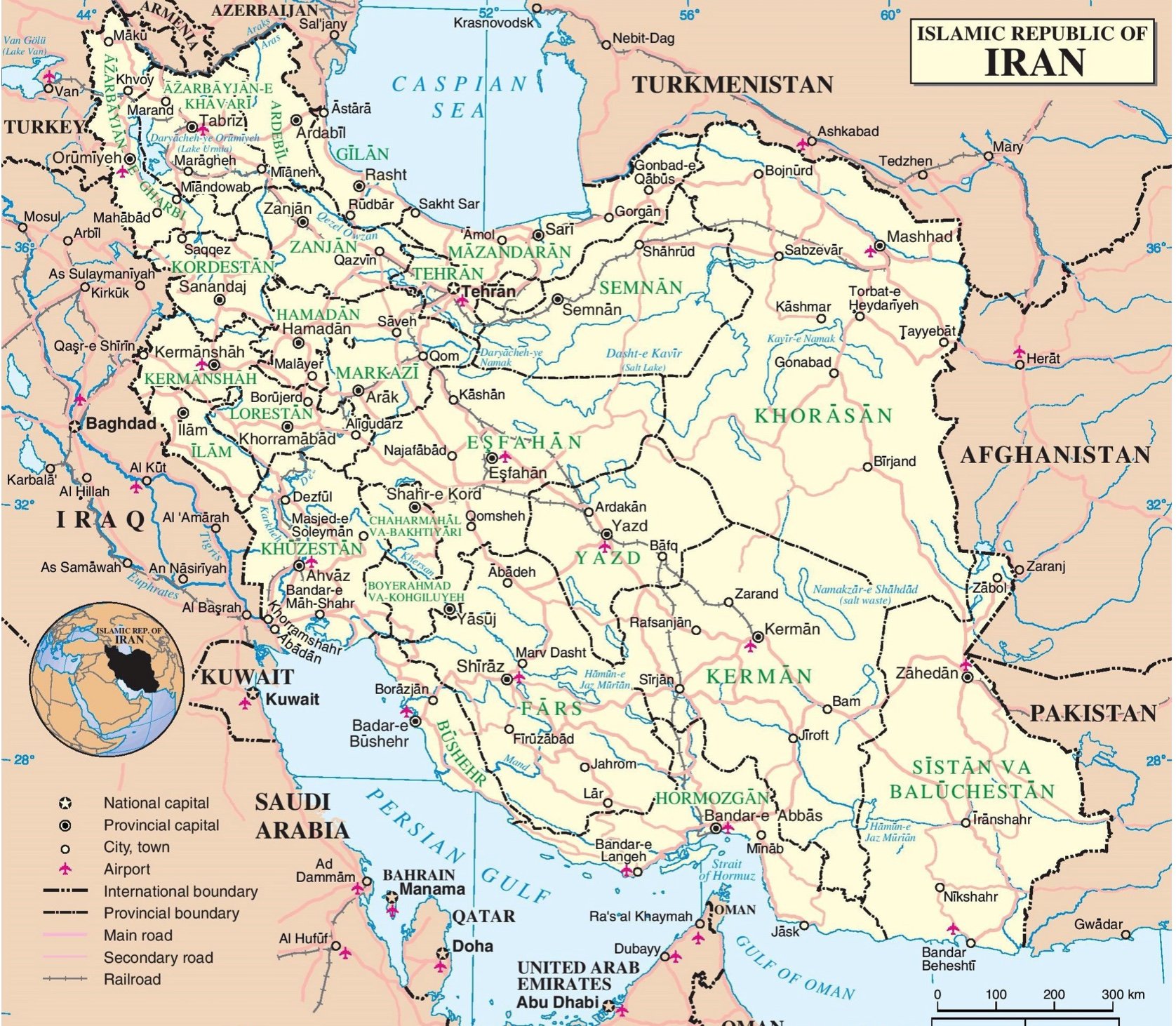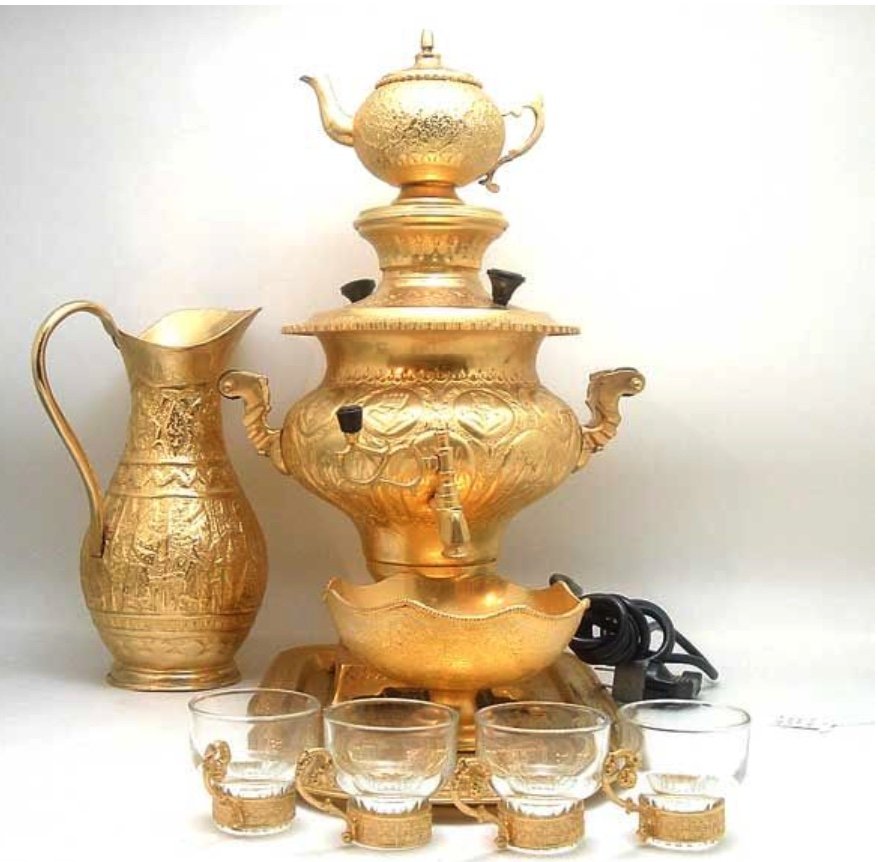Crimson Ink
is set in Iran between 1955 and 2011 against the backdrop of volatile socio-political events that include the 1979 Revolution and the pre- and post-election upheavals of 2008 - 2011.
The story traces the lead character, Fereshteh, in her struggles to survive and thrive in a society where vicious propaganda has repeatedly encouraged persecution of her faith community. Baha’is are considered fair game for anything from intimidation and socio-economic discrimination, to murder, plunder, imprisonment, torture and execution. Among her adversaries is an uncle who spares no effort in finding opportunities to denigrate her idealism, vilify her beliefs, hammer her spirit and threaten her very survival.
Despite this, Fereshteh becomes a physician, using her skills to serve society. When the Revolution erupts, however, she and her family, caught in the turmoil, flee their home and disappear for a time beneath the radar.
But then, professionally confronted with domestic abuse issues, human rights violations, the regime’s intense subjugation of women, and the chaotic aftermath of the 2009 post-election crackdown, Fereshteh is forced to take a stand for all that she holds as true and just, and risks everything.
It is only a matter of time until her choices will intersect with those of powerful men, themselves forged in the crucible of events beyond their control. It is a collision course that will challenge ambitions, test beliefs, strain resolve, and provoke questions that they may be unable to answer.
This is a story of courage, integrity, faith and constructive resilience in the face of bigotry, disenfranchisement, and naked oppression.
Characters – A brief look.
Fereshteh
Layla
Farah
Reza
Fereshteh and her family come from Shiraz, a city in the south west of Iran. She is an intelligent, capable woman of high principles, including a keen and passionate sense of justice developed at an early age. She has a strong work ethic and always strives to do the best possible, including being of service to those in need.
But early life lessons have taught her caution; that friends are few, and that it’s best to stay under the radar of both the old and new regimes.
Farah is the mother of Fereshteh, Habib, and Layla and the sister of Reza. Born into a Muslim family, she nevertheless changes her spiritual path and becomes a Baha'i. As an adult she marries a Baha'i as well and they raise their children in that faith community.
She is a bright and resourceful woman who is able to navigate social and religious diversity wherever she lives. She maintains a close relationship with her older brother, Reza, and his wife and children.
Nikou is the granddaughter of Reza. Petite and beautiful, modest and shy, her mind and abilities are unappreciated and greatly underestimated. For now.
Habib
Habib is Fereshteh’s younger brother. Similar to her in his intelligence, drive, and ideals, he’s outgoing, cheerful and optimistic, and a true support to her. He’s also particularly good at keeping her secrets.
Layla is the younger sister of Fereshteh and Habib. As gifted as her older siblings, she’s also irrepressibly altruistic, cheerful, and friendly. This young woman has an uncanny ability to see and expect the best in everyone.
Nikou
Reza is Farah’s brother and only sibling. Reza remains a Muslim who keeps close relationships with all sectors of authority, both civil and clerical. Although he does not approve of his sister’s change of religion, he tolerates it because he loves and respects her.
A clever businessman, he is also ambitious and calculating. He assiduously takes successful advantage of new opportunities.
Reza is an immovable traditionalist in his beliefs, opinions and behavior and is keen that everyone should be very clear about that.
Kamran Rahimi hails from Iran’s central city of Yazd. Steeped in the religious and cultural traditions of his family and environs, he nevertheless questions what he sees and hears. As a young man he only partially heeds his elders’ counsels and comes to realize that a change in perspective may be needed.
Rahimi has an ambitious streak and his need for acceptance, as well as his capacity for very hard work lead him in unexpected directions.
Mehrdad is the child of an irregular liaison. He grows up under straitened circumstances that cast him in directions for which his character is all too well suited and that allow him to carve a deep mark in the new regime.
Rahimi
Mehrdad
Family Trees
Are you curious about Iran?
In the Crimson Ink series the action of the narratives takes place in Shiraz, Yazd, Isfahan and Tehran in Book One.
In the second book (now nearing completion) the narrative inside and outside of Iran. The story within Iran takes place in Tehran; on the shores of the Caspian Sea in the north; in northwestern Iran in the Province of Azarbayjan; and in the city of Sanandaj in Kurdistan Province. You can check these out on the map to the right.
You are probably aware that after a long history of being ruled by successive dynasties of kings, the Iranian revolution of 1979 ushered in a theocracy to replace the Shah, whose rule had brought in an era of intense modernization but also of repression. Dissent was strongly repressed. Iran then became the Islamic Republic of Iran and has since been ruled by a Supreme Leader who is a cleric. “The Supreme Leader - the highest power in the land - appoints the heads of the judiciary, military and media. He also confirms the election of the president.”
Yet, you may not know that “Iran was one of the greatest empires of the ancient world, and has long maintained a distinct cultural identity by retaining its own language and adhering to the Shia interpretation of Islam.” (BBC News)
In an effort to share some of this cultural heritage with you, I’ve created a photo gallery to give you a glimpse of some places, people, and art.
Below that is a section on food. And even some recipes…
I’m hoping you will enjoy exploring the images in the two galleries below!
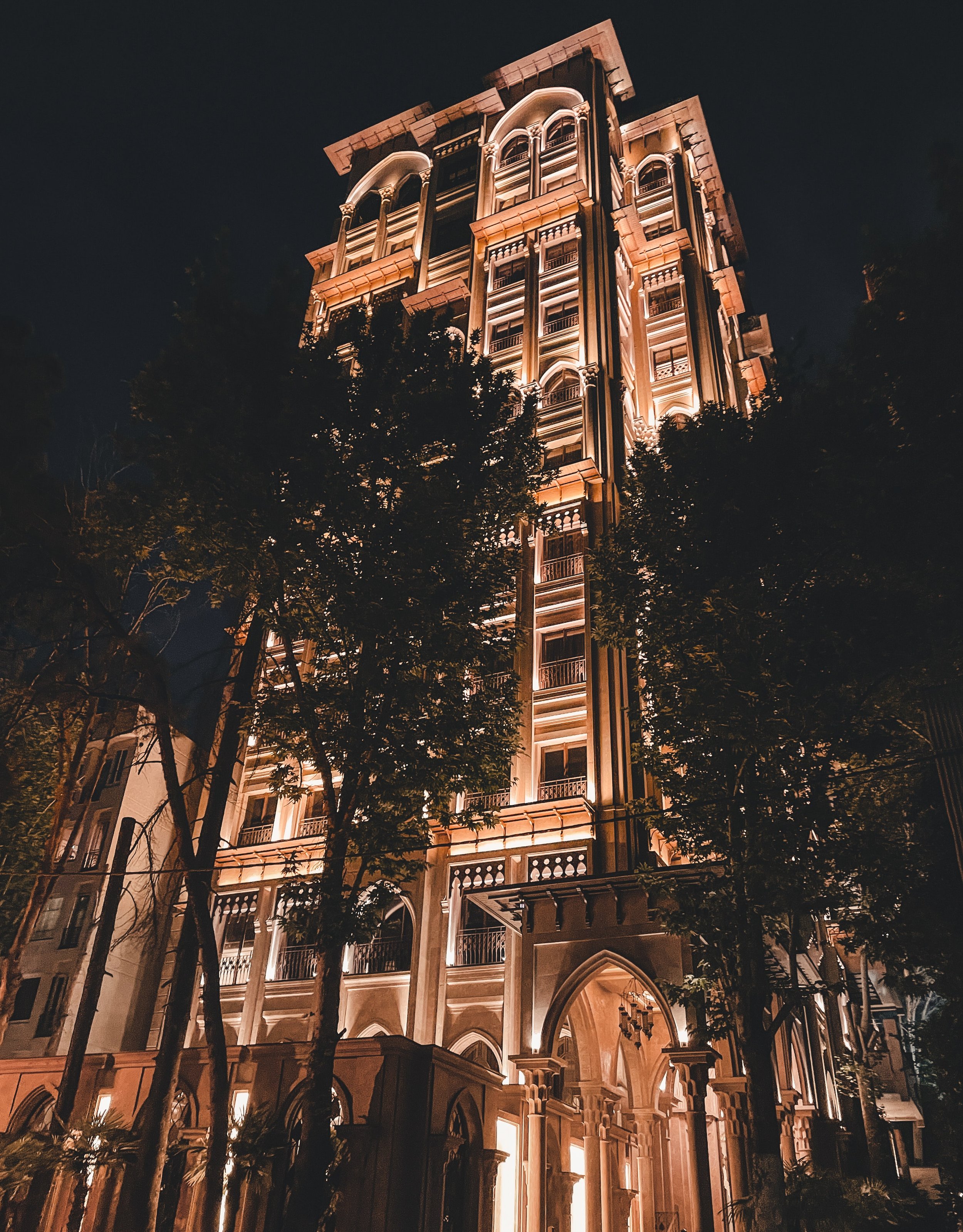
Tehran Iran - Tehran luxury apartments - Cities in Iran - Iran Architecture

Tehran Iran - Cities in Iran - Apartment building
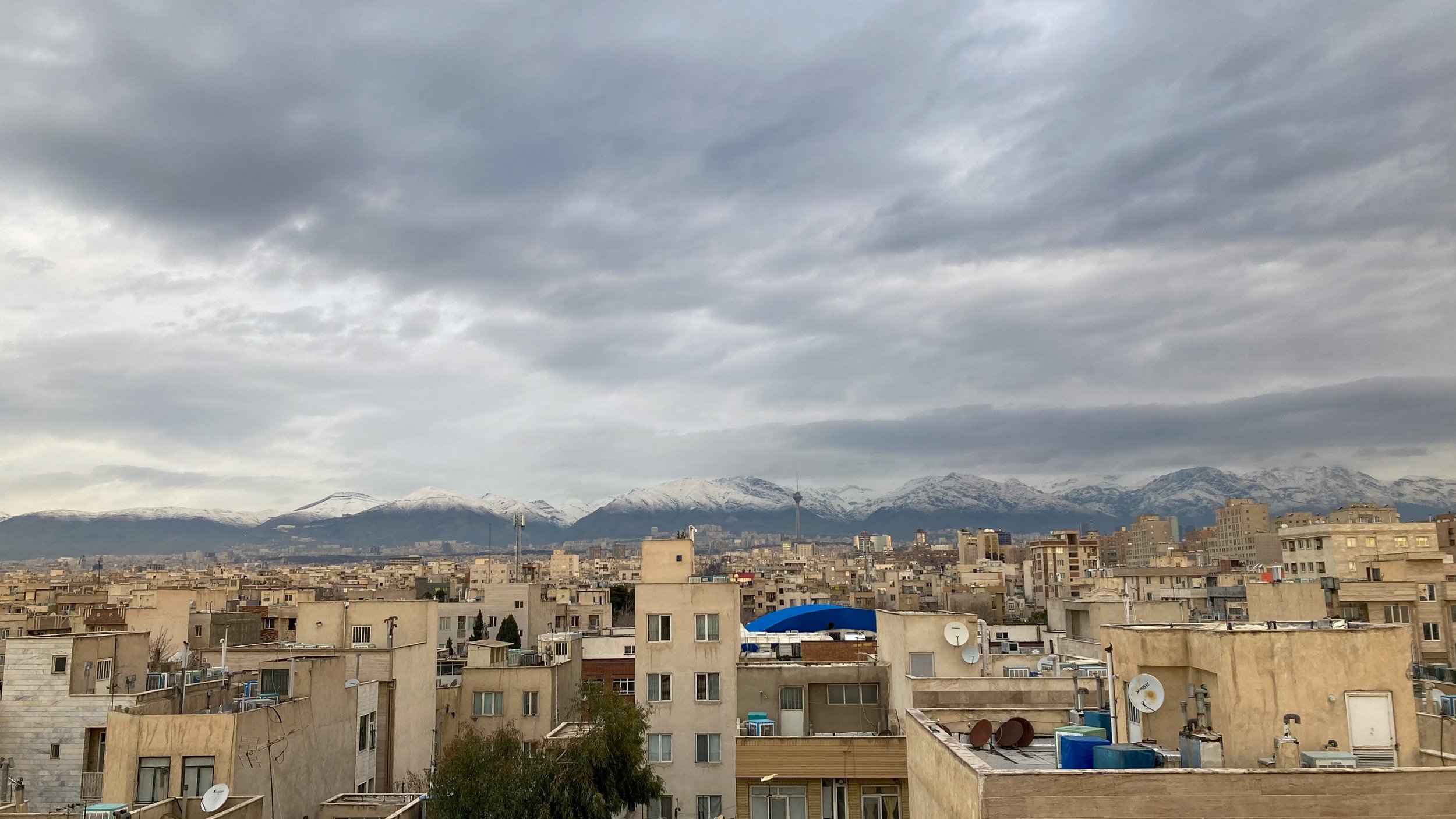
Tehran Iran - Cityscape Tehran - Tehran housing - Alborz Mountains
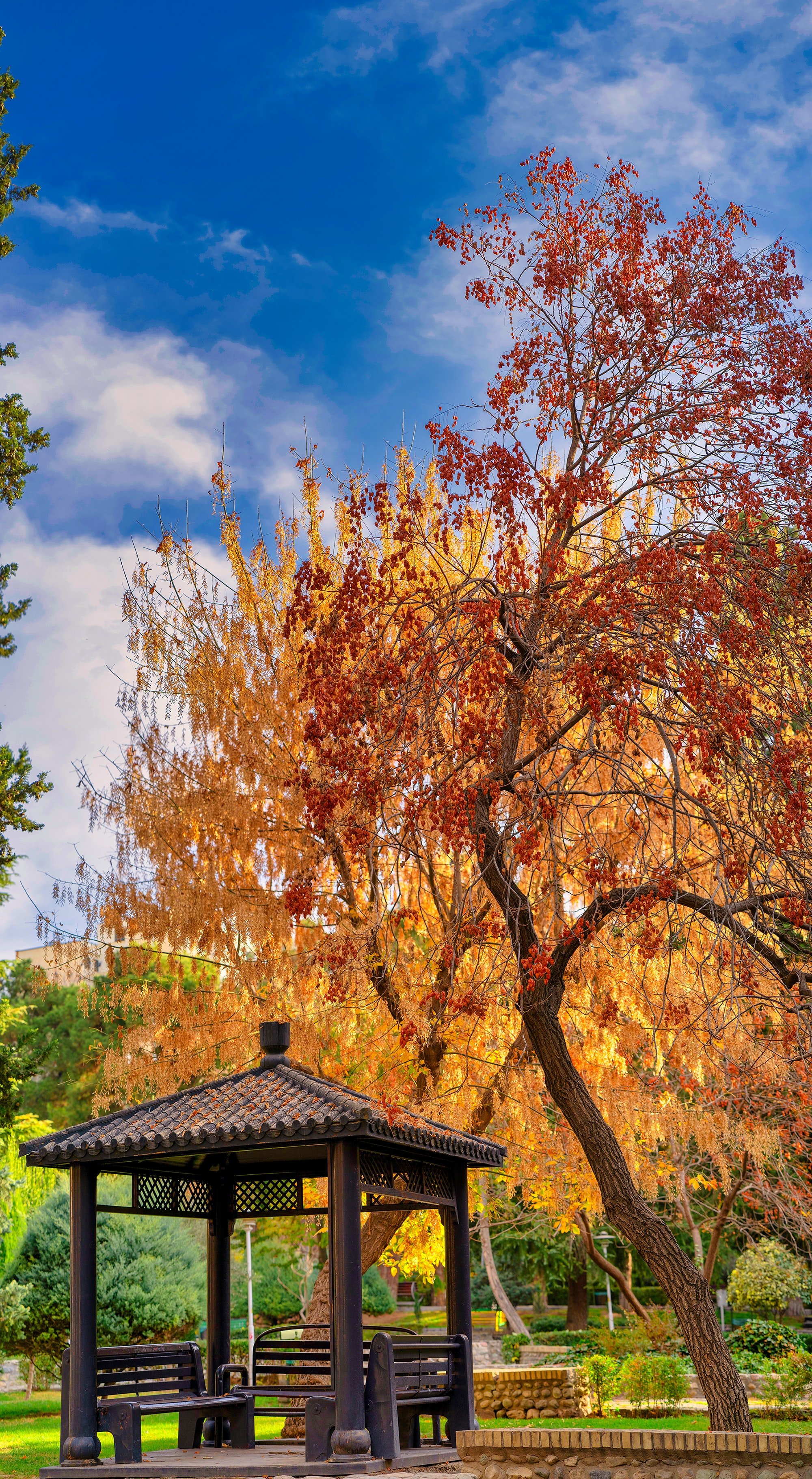
Tehran Iran - Park - Green space - nature
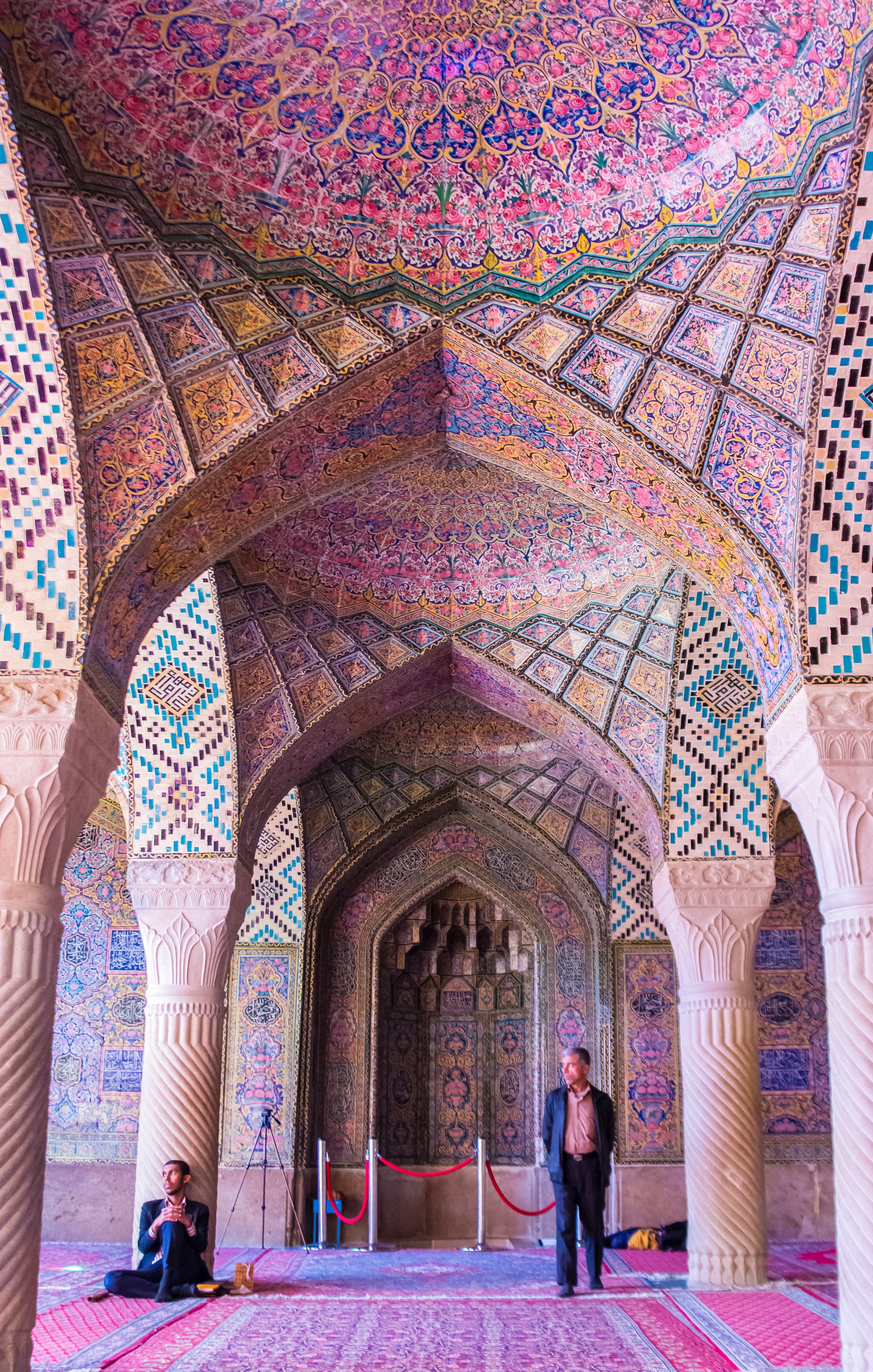
Shiraz Iran - mosque - pink tiles - mosaic tiles - Persian architecture

Shiraz Iran - Sa'adi tomb - poets tomb - Persian poet - Shiraz park
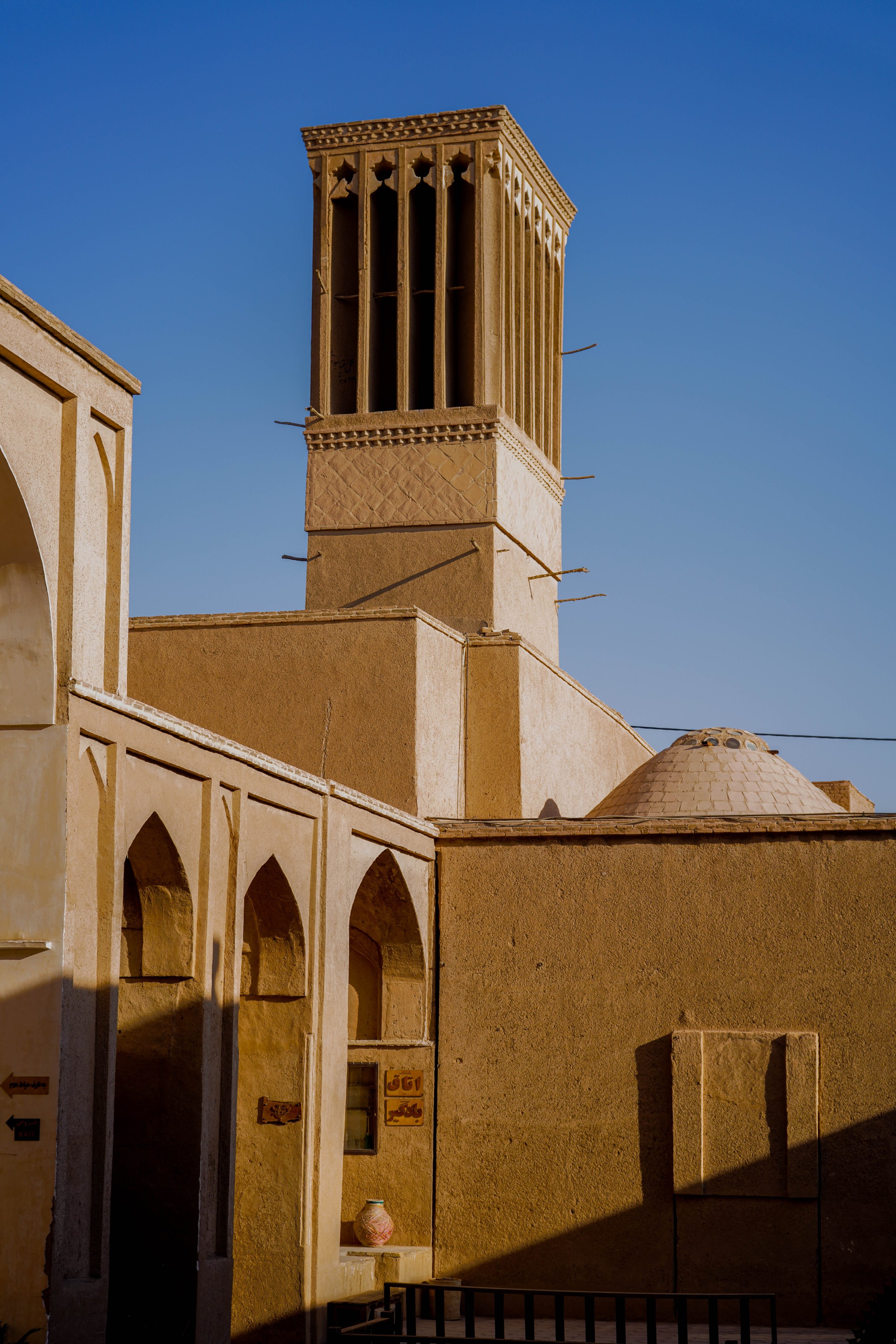
Yazd Iran - Yazd wind tower - Yazd architecture - ancient cooling system
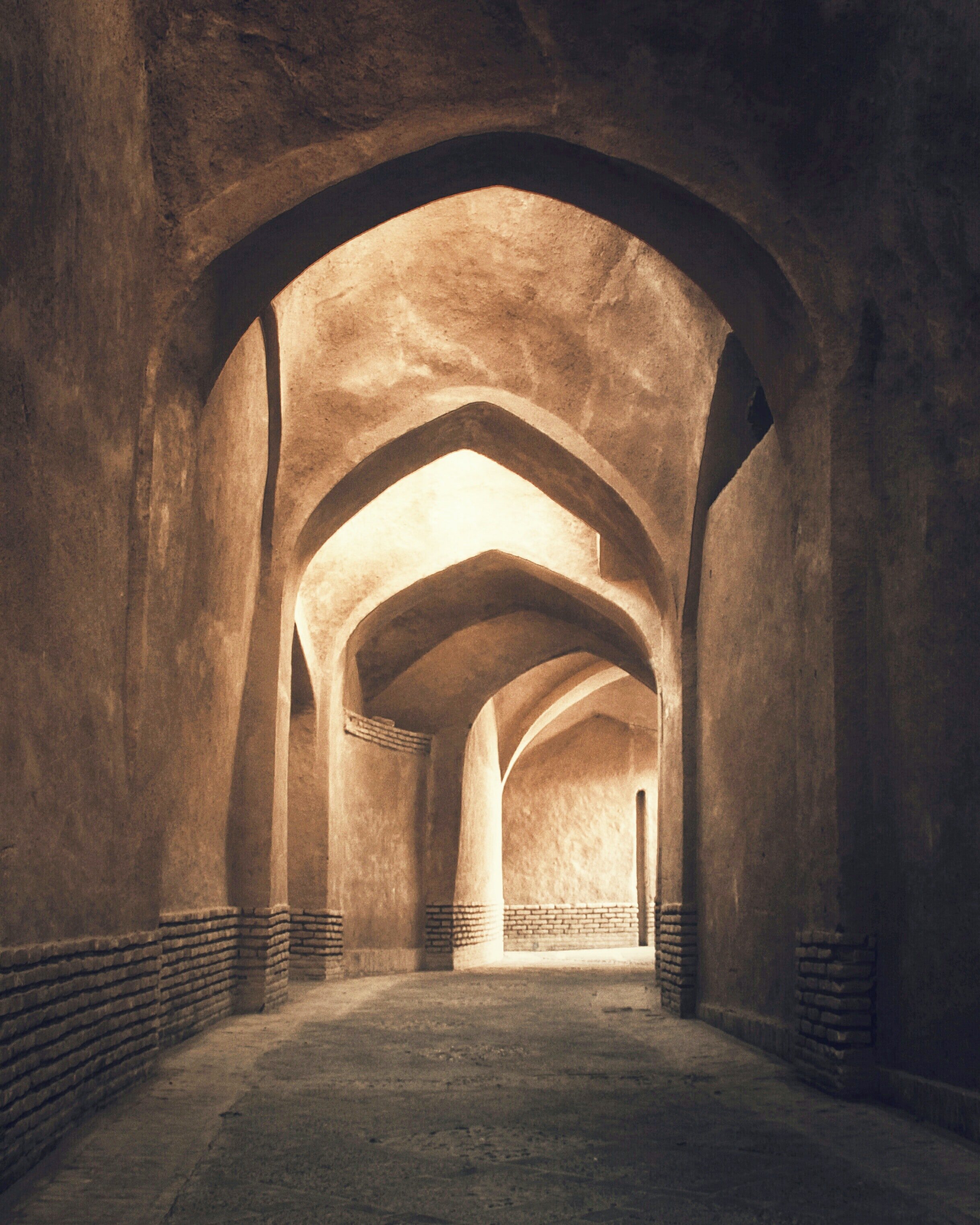
Yazd Iran - Yazd covered passageway - Yazd architecture - Yazd covered street
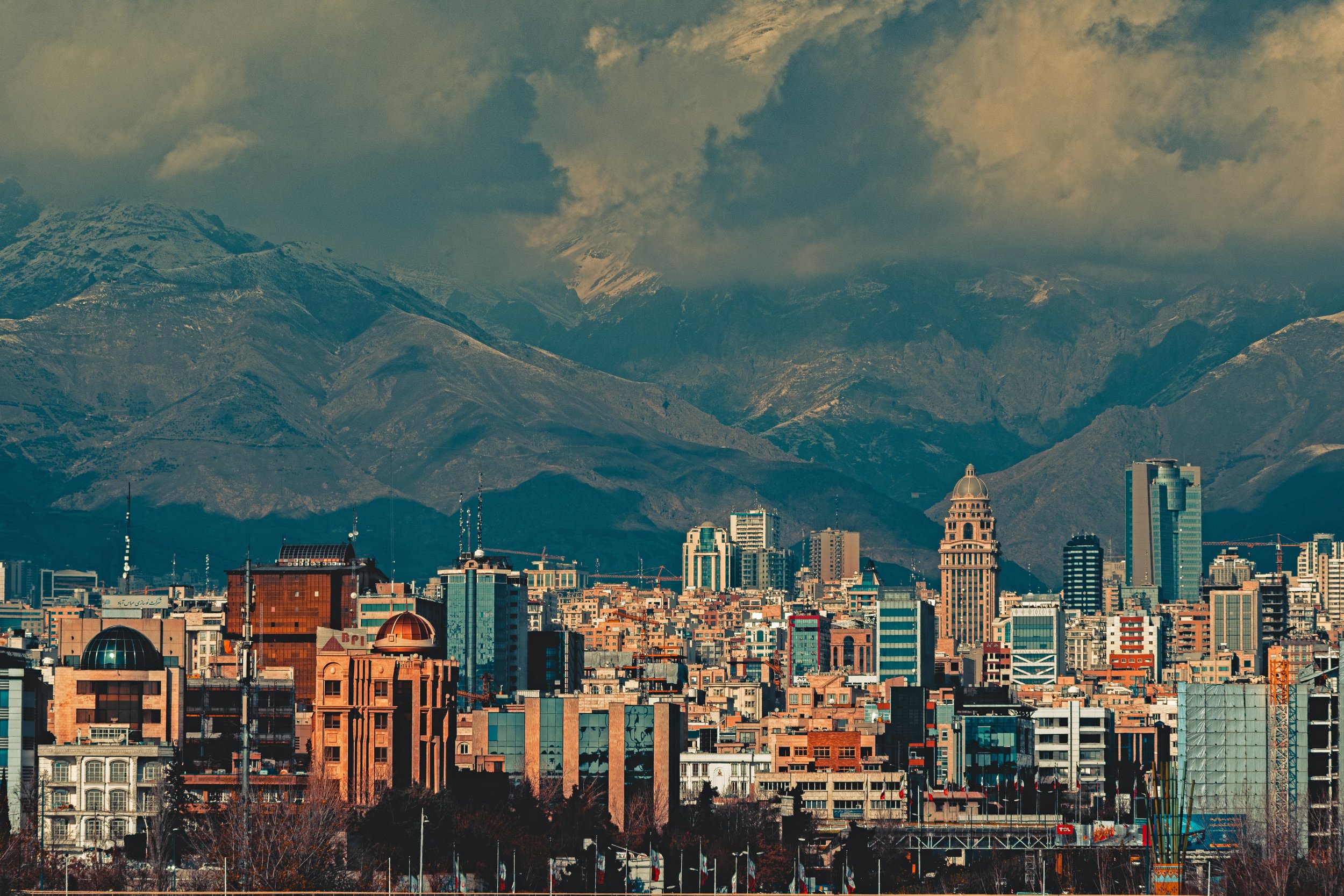
Tehran Iran - Iran Cityscape - Alborz Mountains
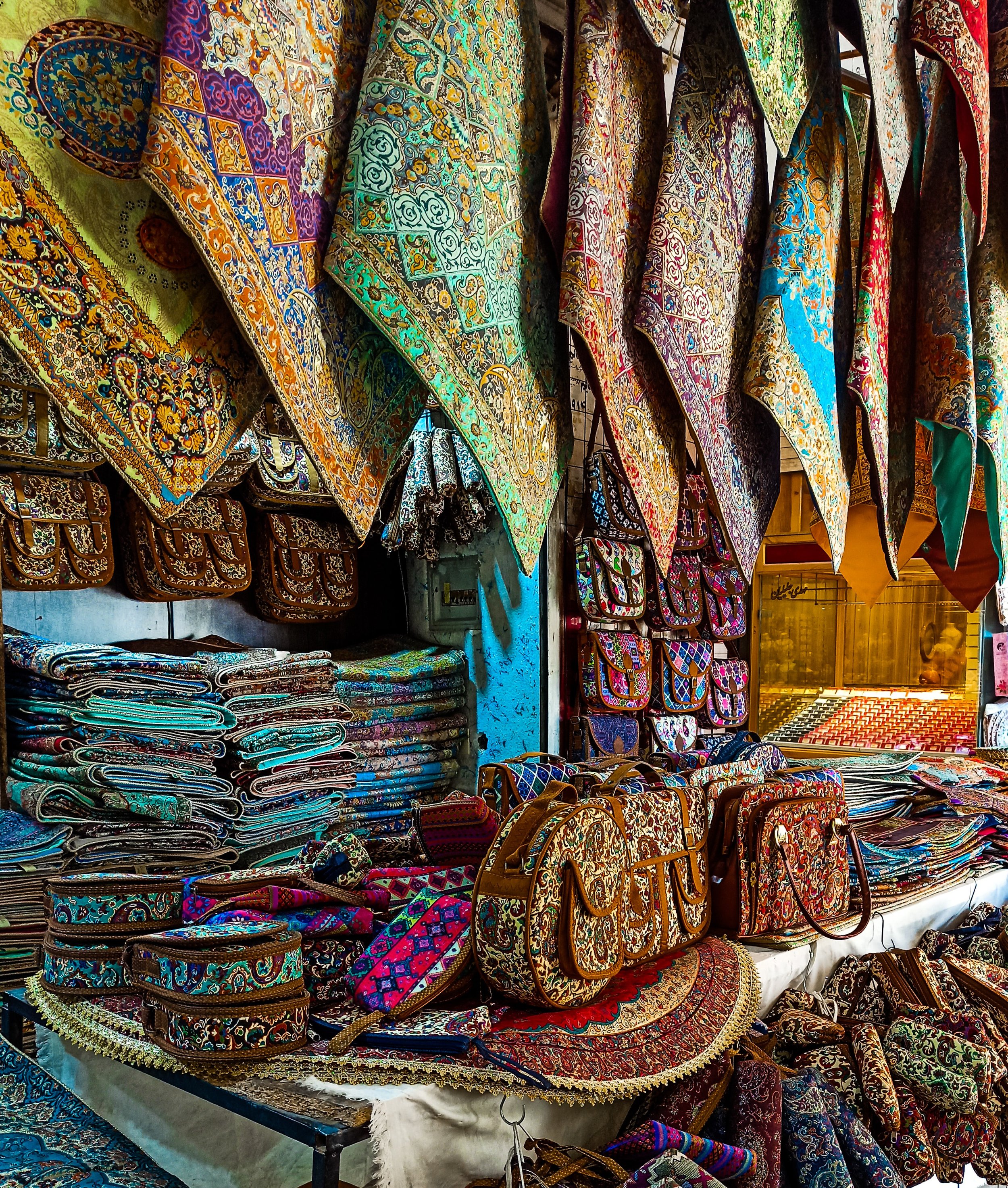
Yazd Iran - Yazd carpets - Yazd rugs - Persian rugs - Yazd woven textiles - Yazd shopping - Persian artisans
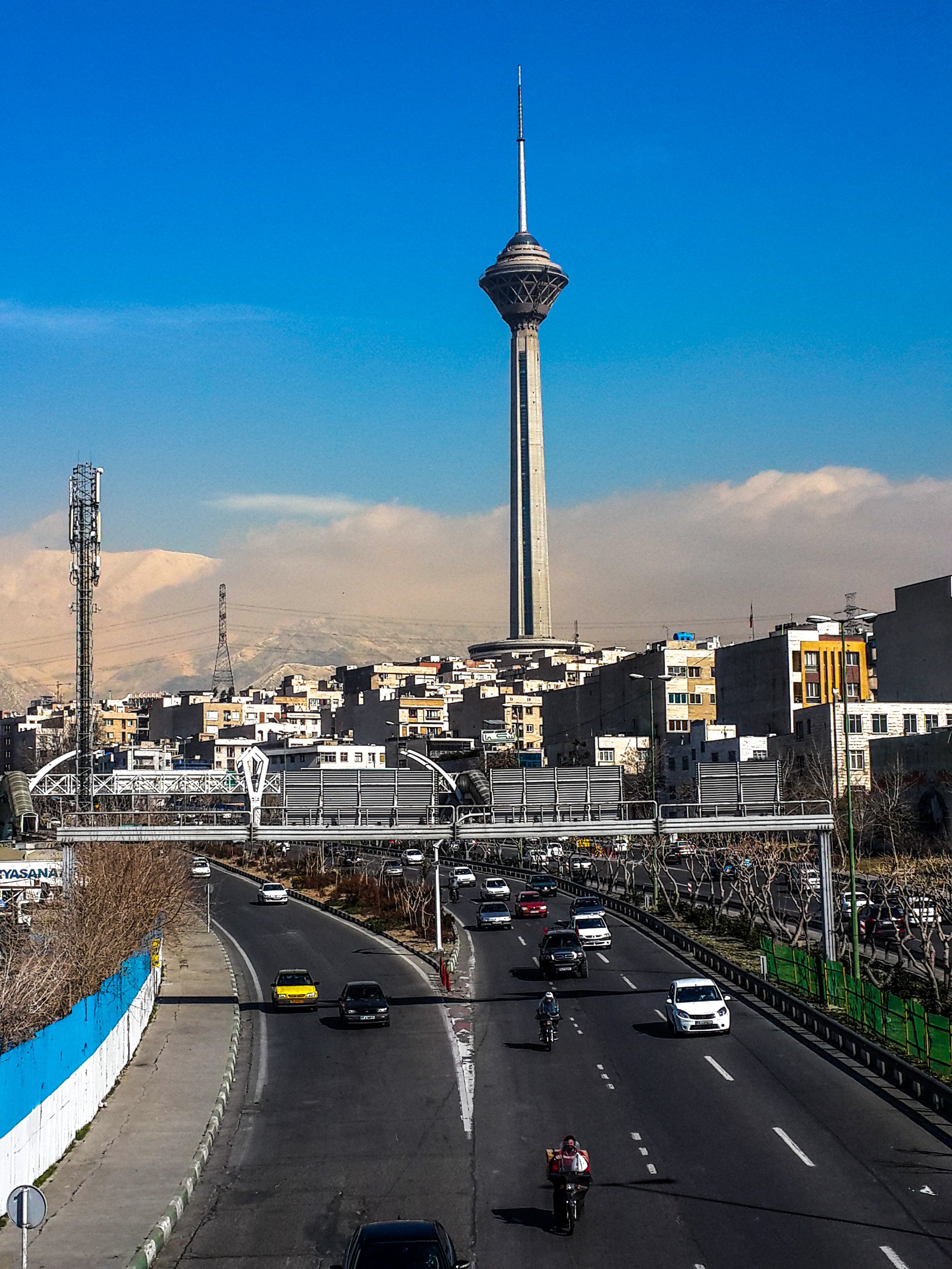
Tehran Iran Highway - Alborz Mountains - Milad Tower - Tehran Tower - Tehran cityscape
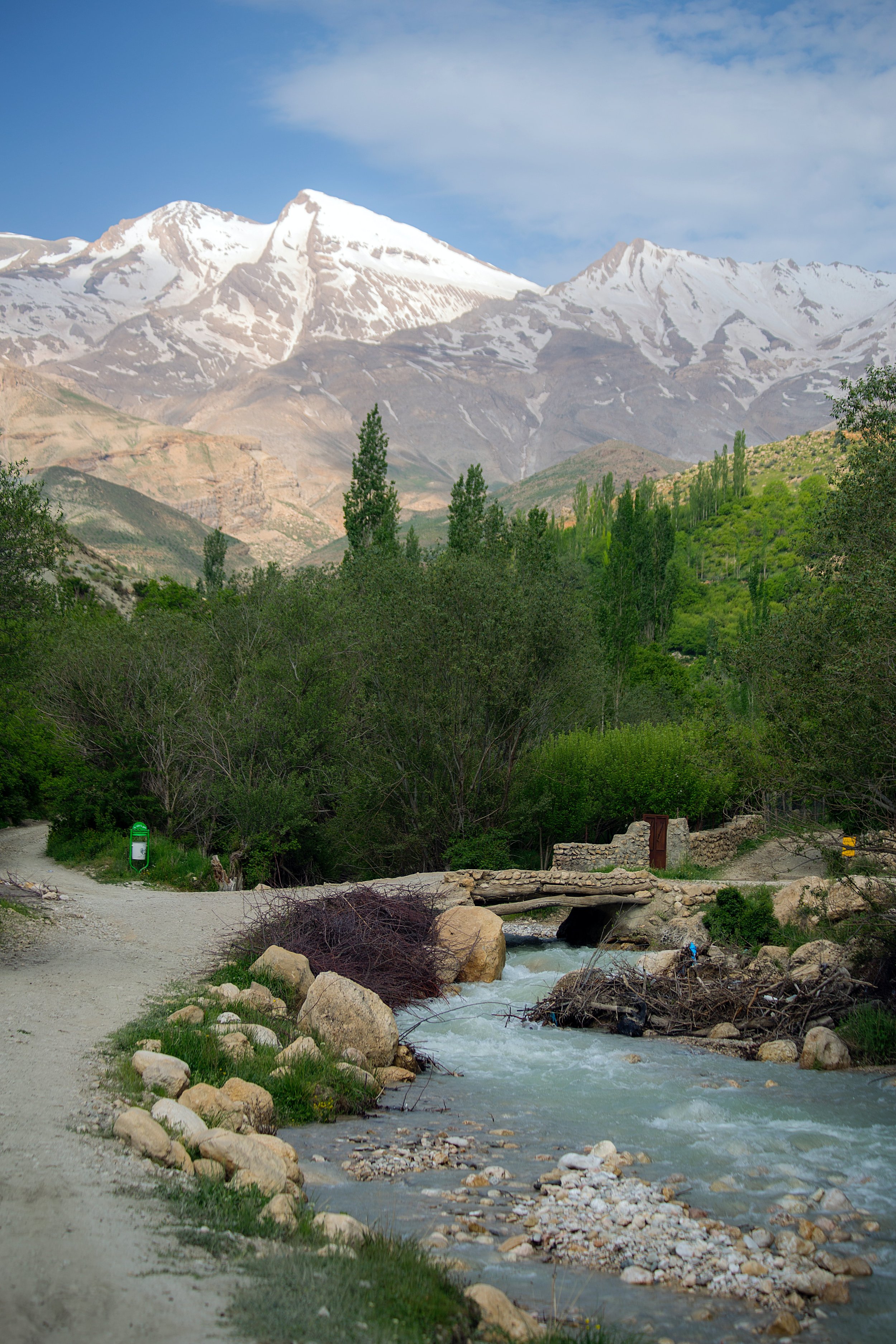
Isfahan Province Iran - Isfahan nature - Zagros Mountains - Iran mountain range - western Iran - Iran naturescape
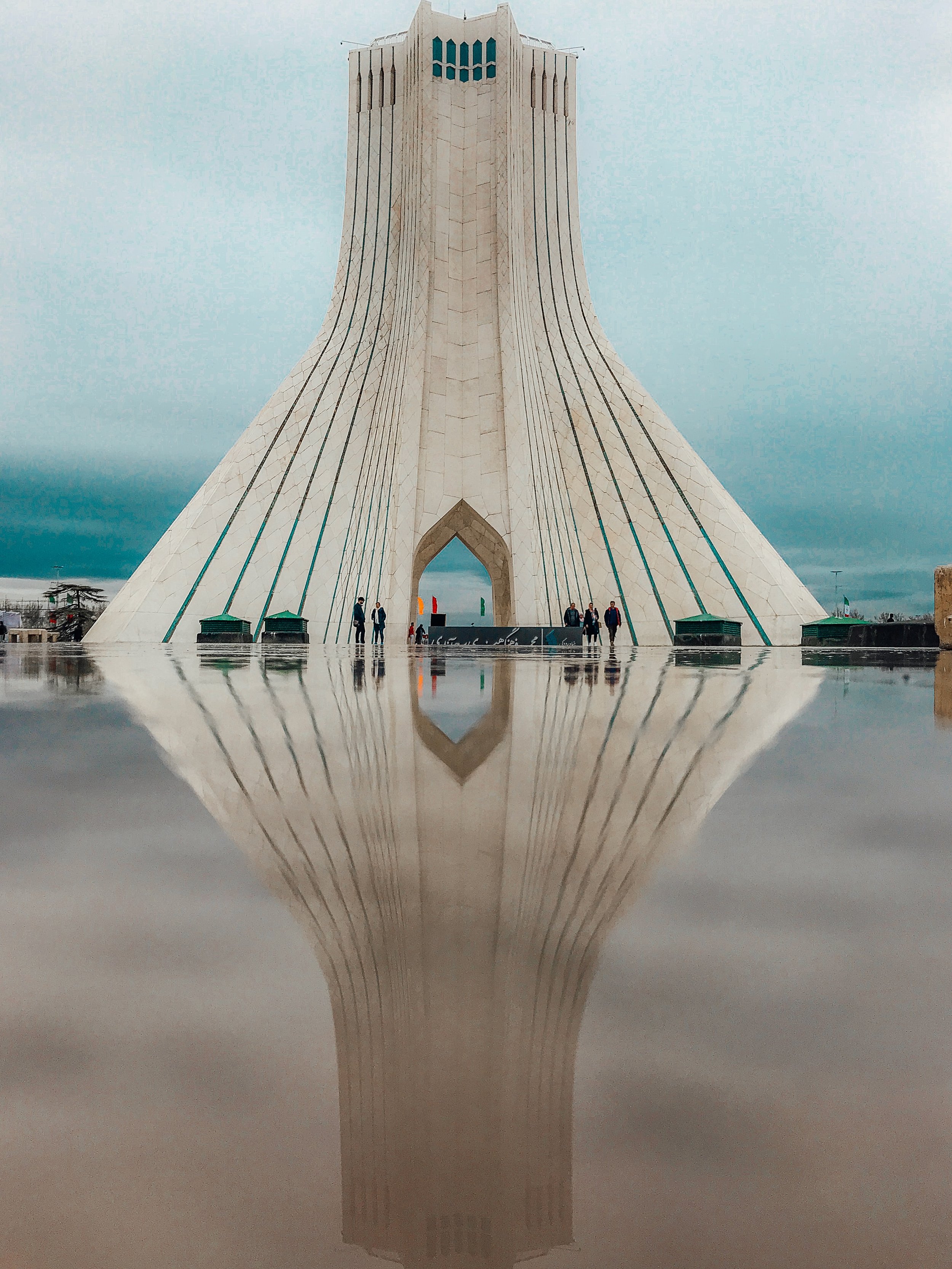
Tehran Iran - Azadi Tower - Monument - Azadi Square - iconic monument
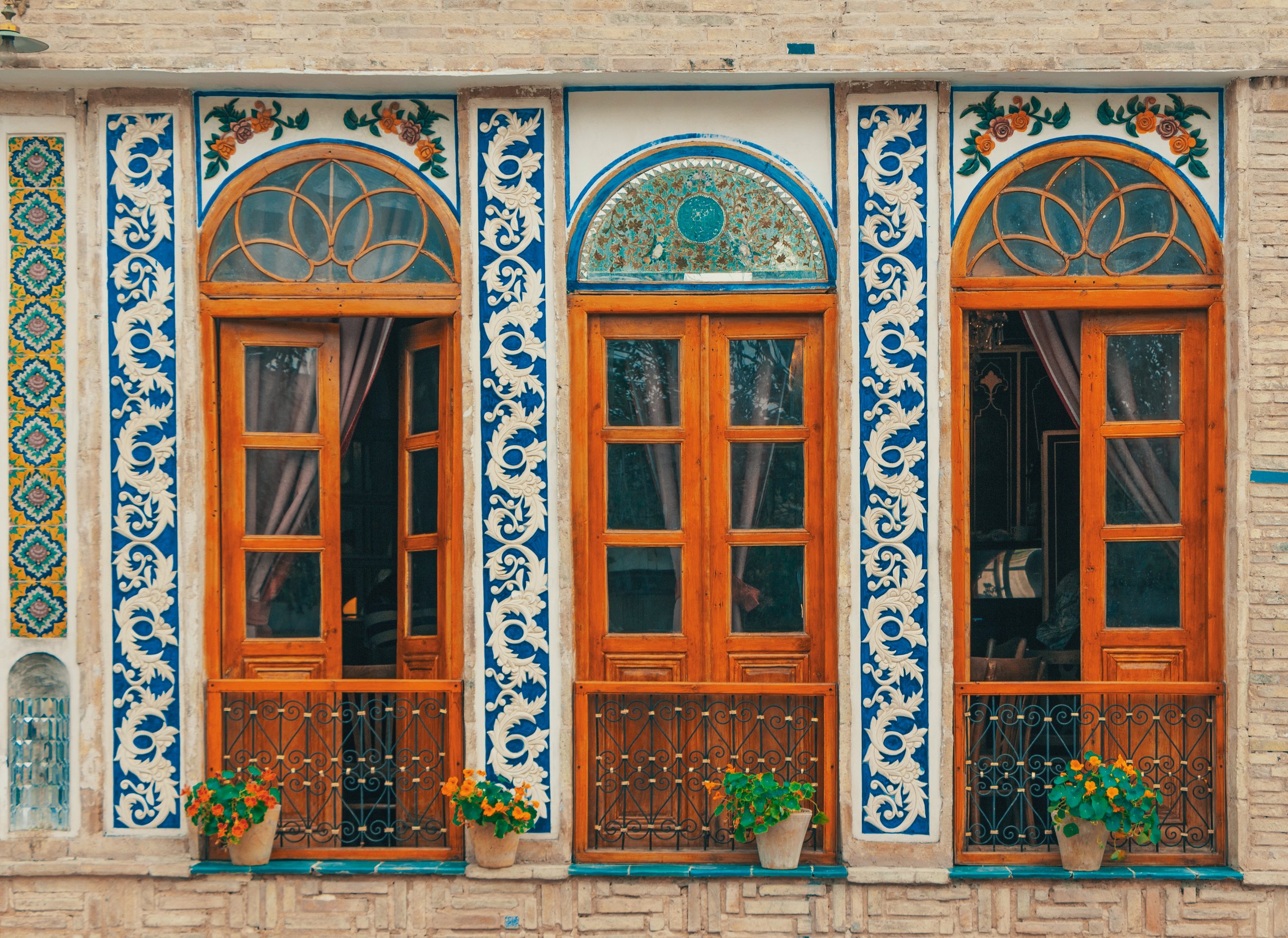
Isfahan Iran - Iranian architecture - tile work - decorative tiles - mosaic tiles - Iranian house

Isfahan Iran - mosque - mosque interior - mosque tiles - mosque columns - Persian architecture
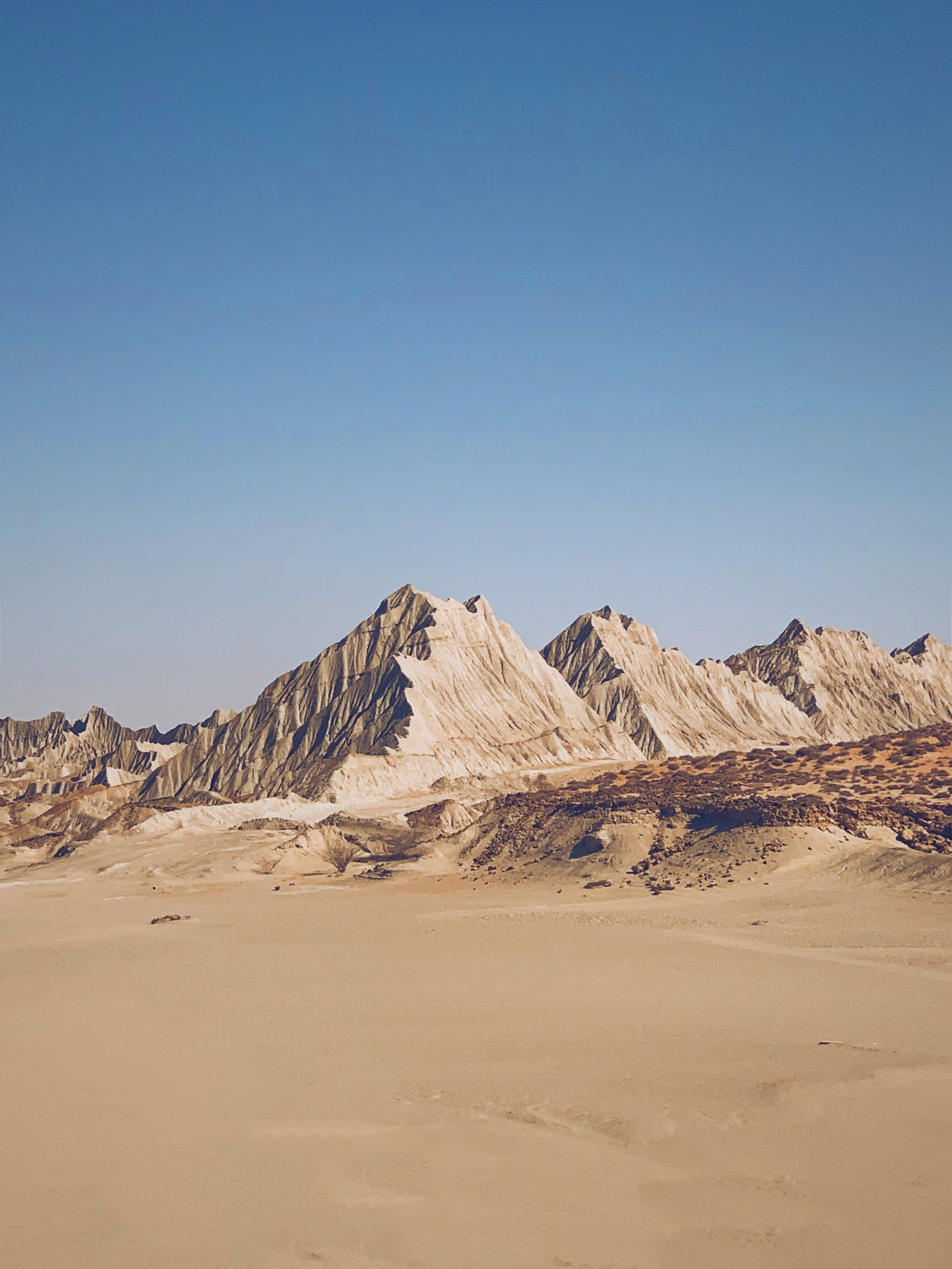
Sistan-Baluchestan Iran - desert landscape Iran - southeast Iran - southern province Iran - sharp rocky peaks - desert mountains

Gilan Province Iran - northern Iran - Gilan mountains - Gilan naturescape - green mountains

Gilan Province Iran - north Iran - north Iran landscape - Caspian Sea - Caspian coast - Gilan mountains - Gilan Iran coast

Gilan Iran - Gilan Province - Gilan beauty - Gilan mountains - mountain fog - mountain fog Iran - northern Iran
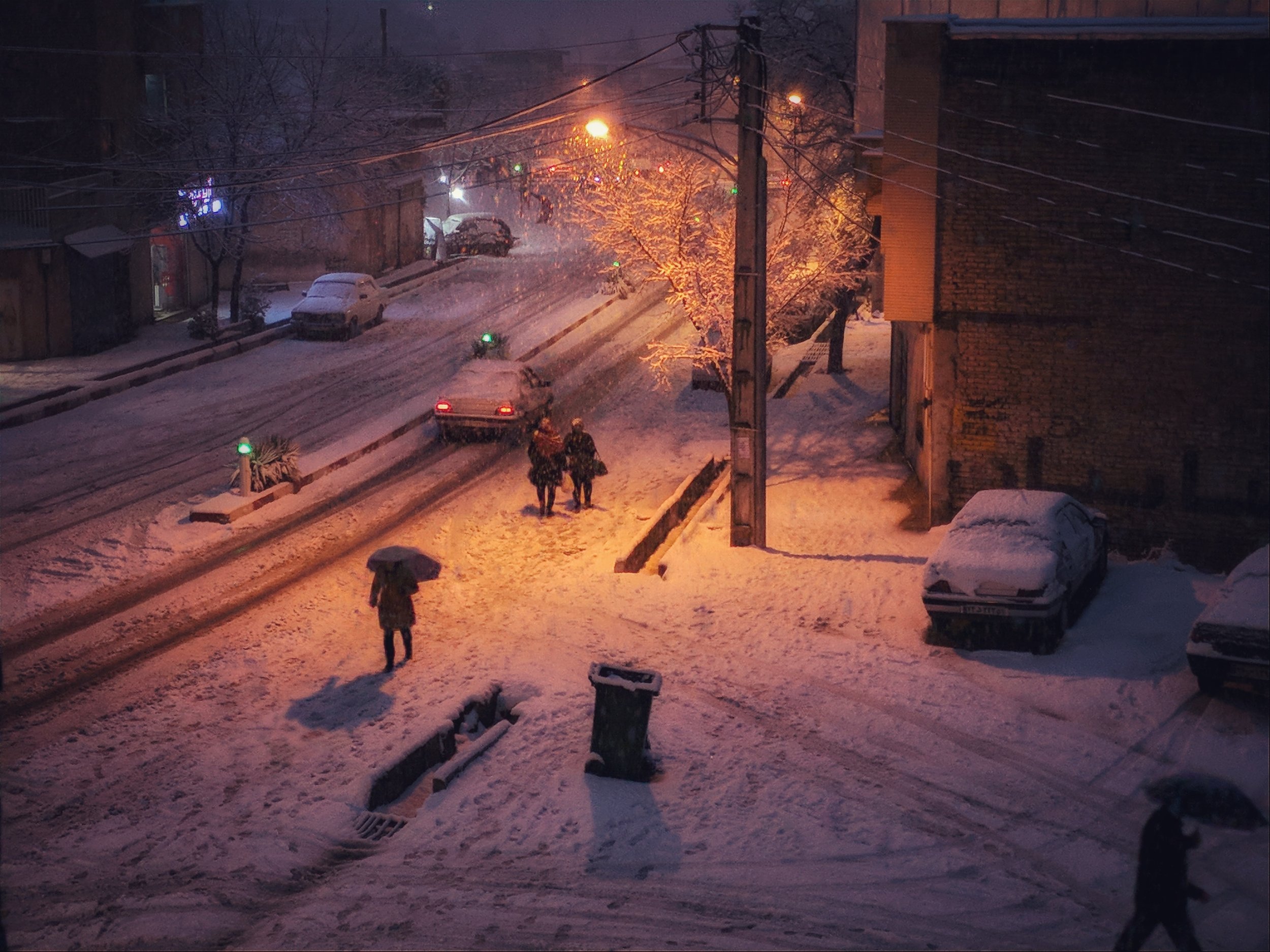
Sanandaj Iran - western Iran - Kurdistan Iran - Kurds Iran - Kurdish city Iran - Sanandaj street - Sanandaj Iran winter - Sanandaj snow
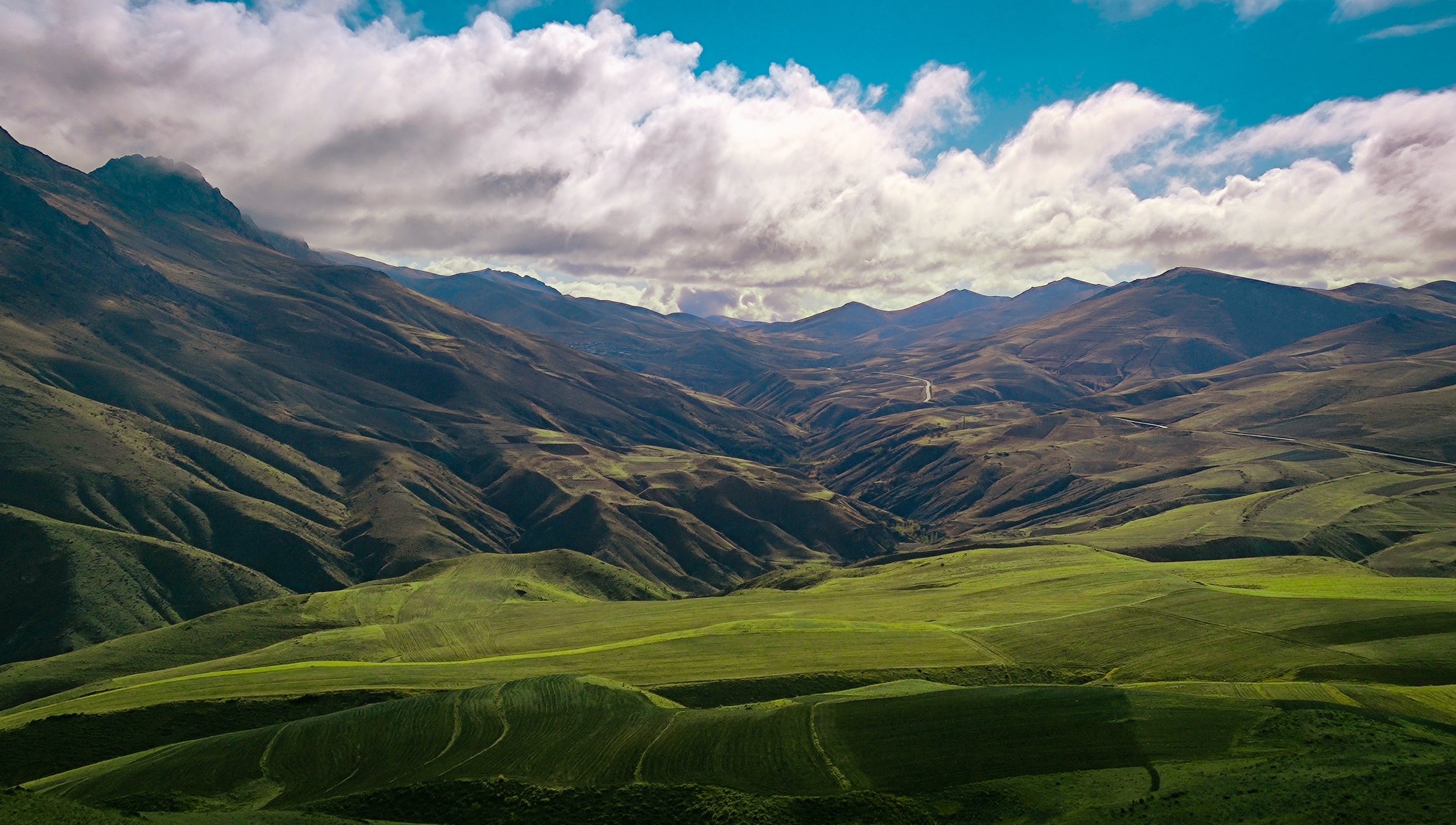
Zanjan Iran - Zanjan landscape - Zanjan grassland - Zanjan mountains - northwest Iran
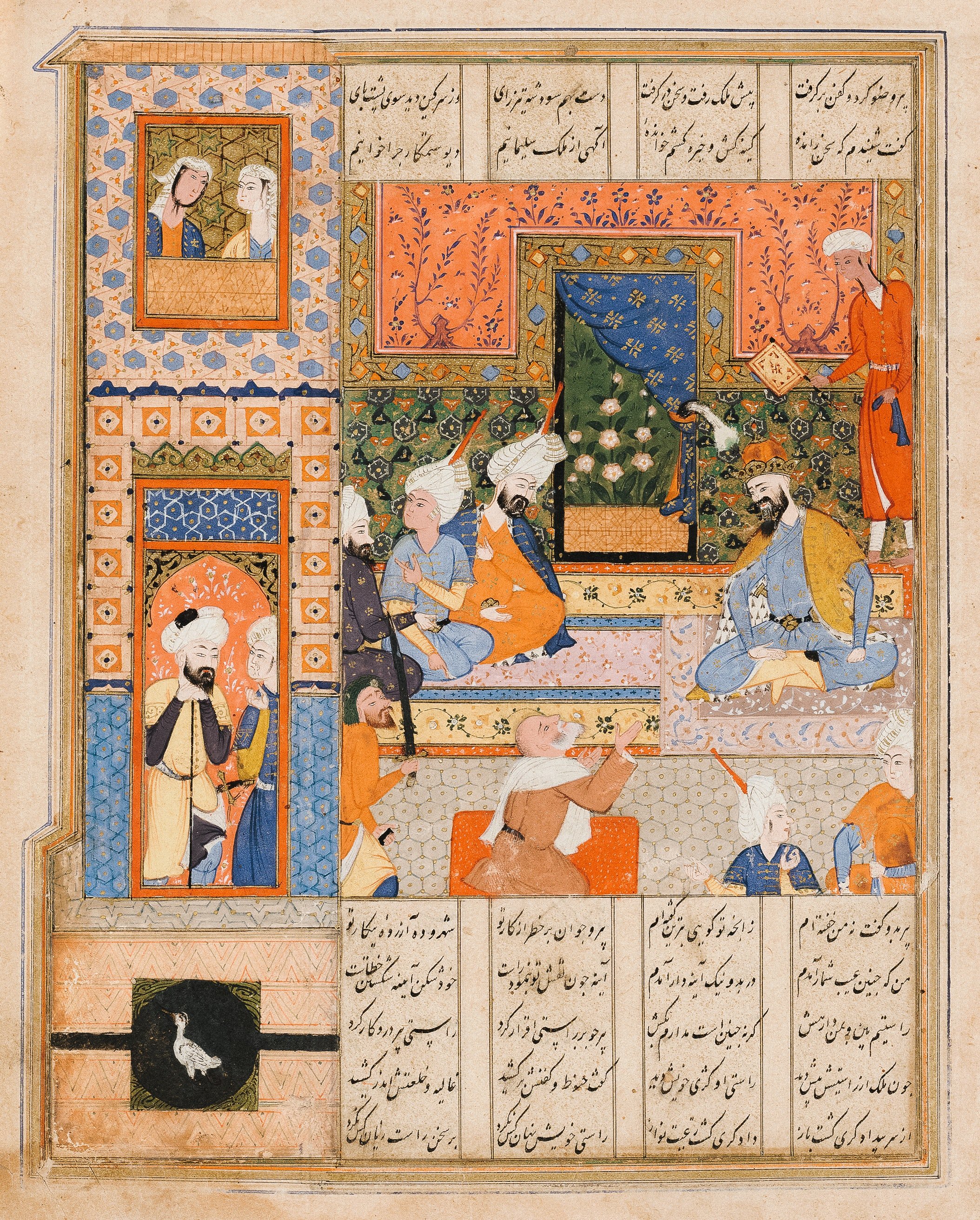
Persian art - Persian calligraphy - Persian painting - Persian traditional artistry - Persian stories
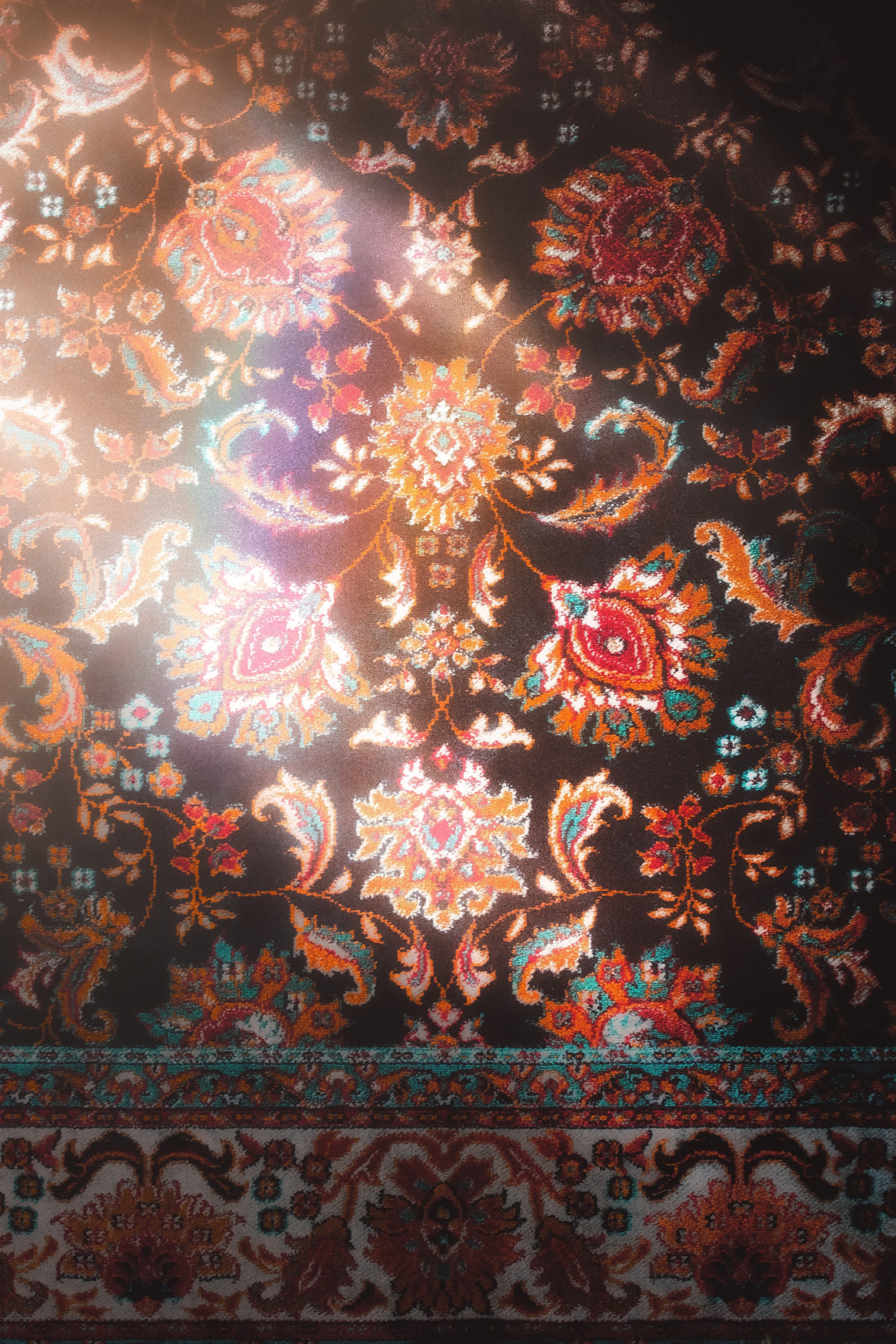
Persian carpet - Iran woven carpet - classic Persian carpet patterns - Persian crafts
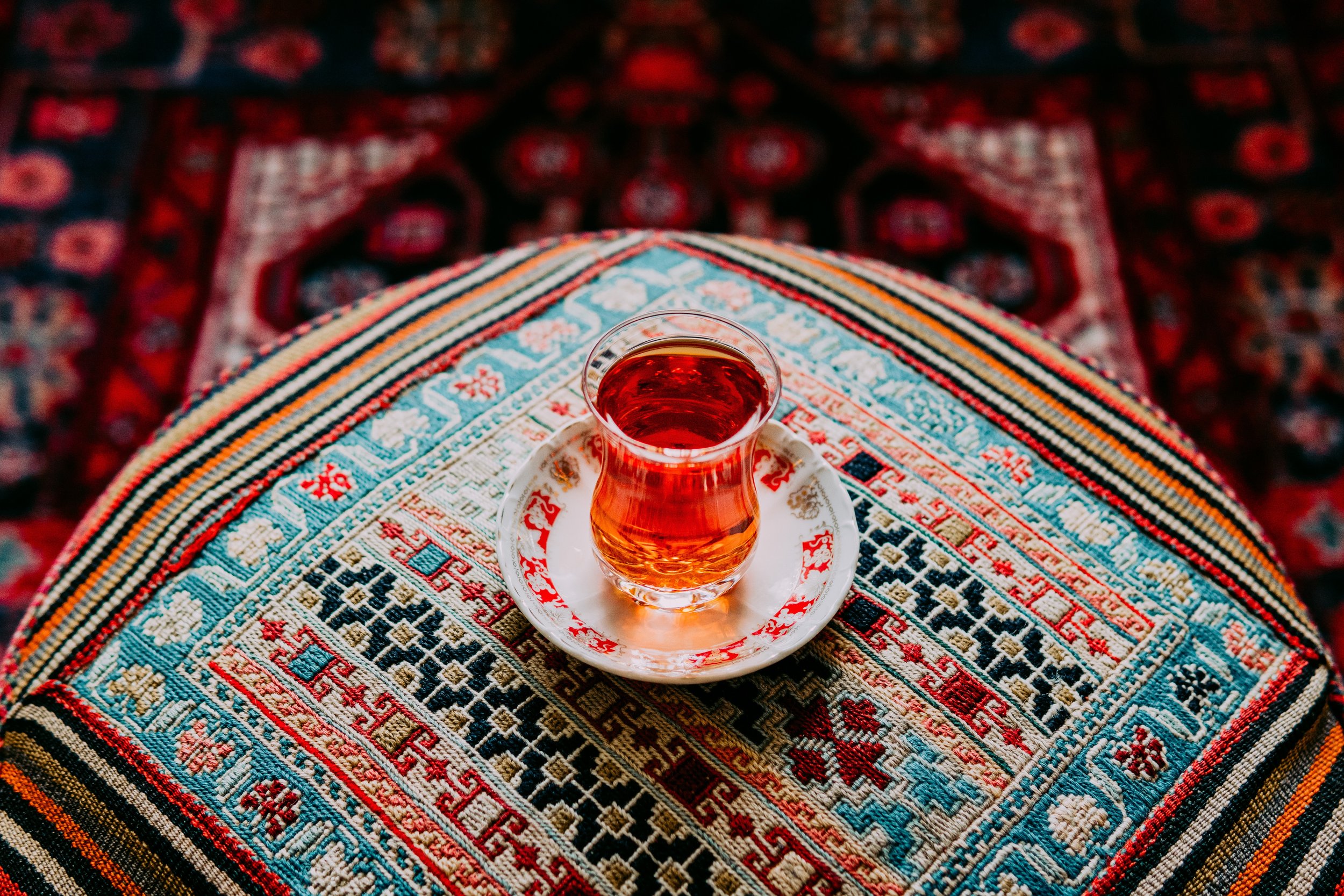
Tea glass - estekan - Persian tea - Persian weaving - traditional weaving patterns Iran - Persian carpet
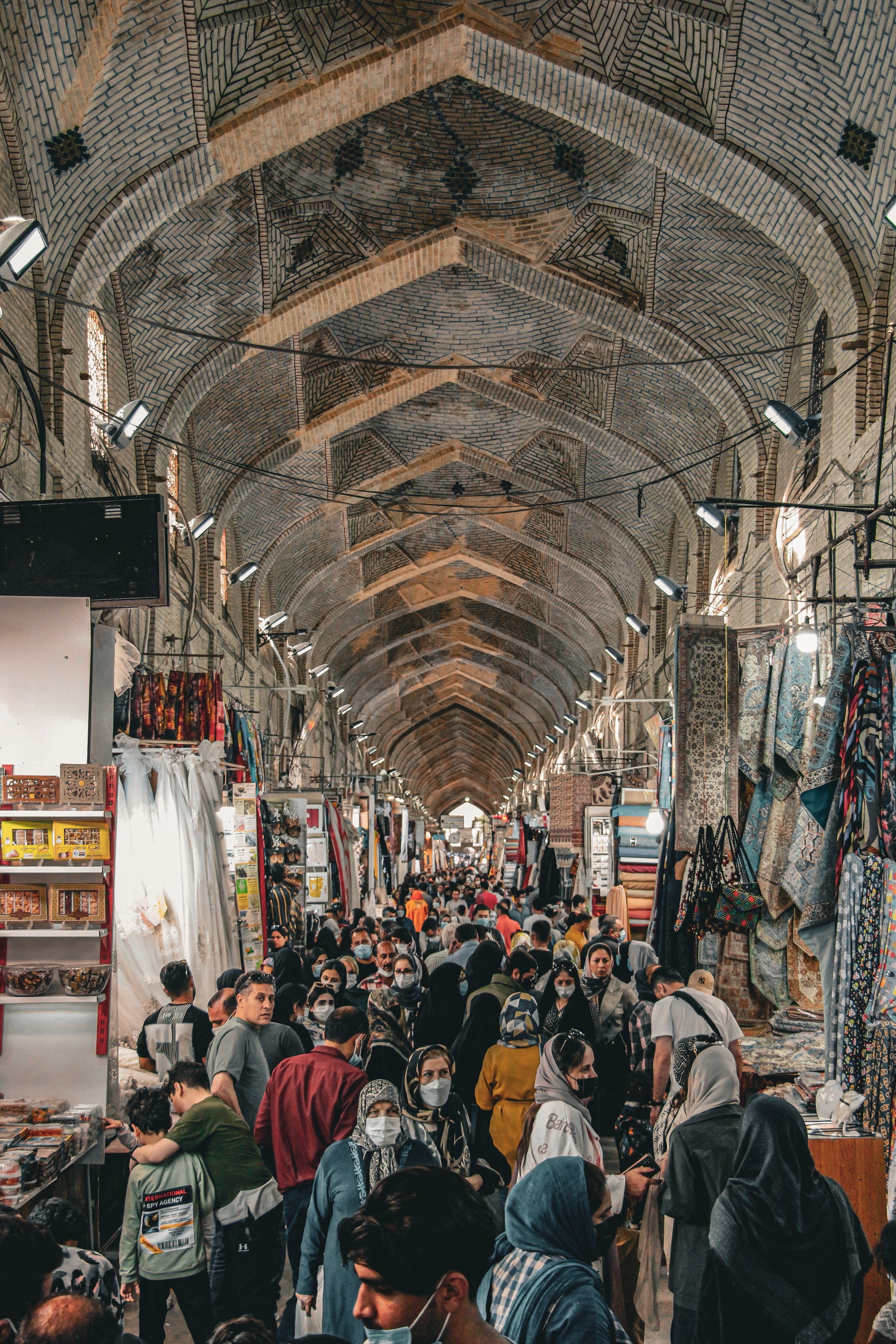

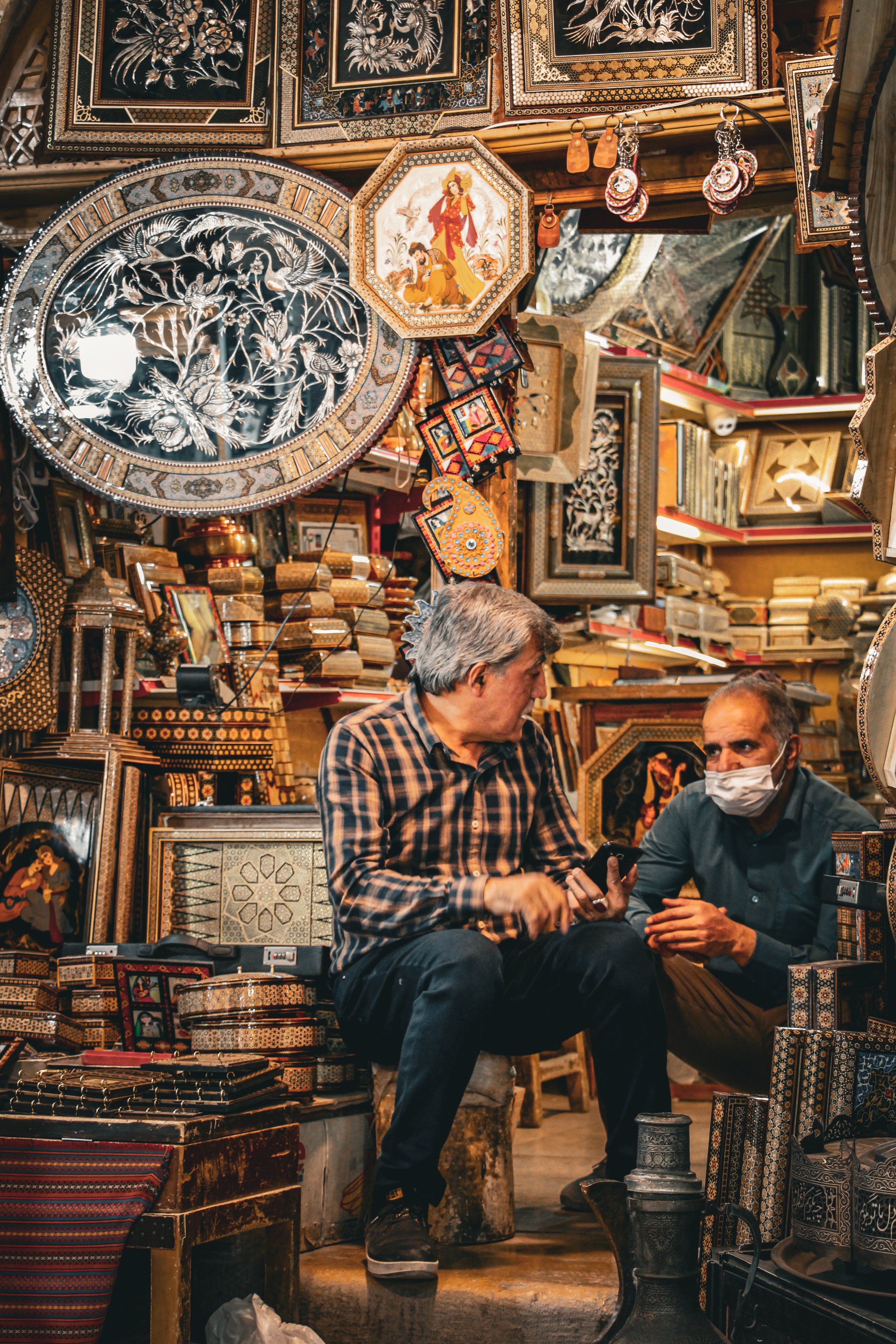
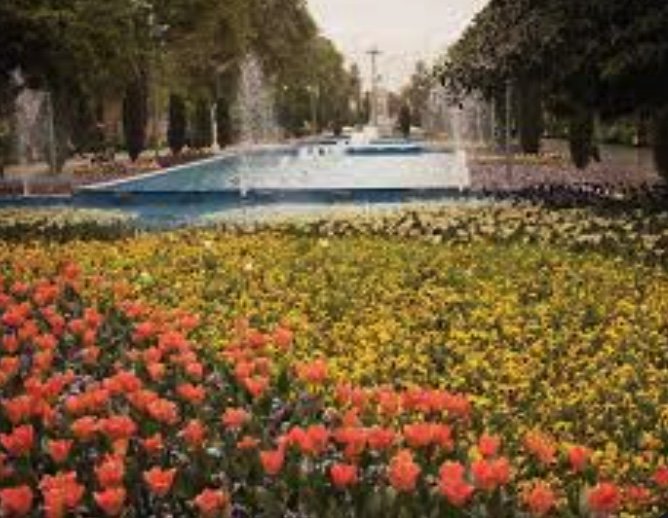
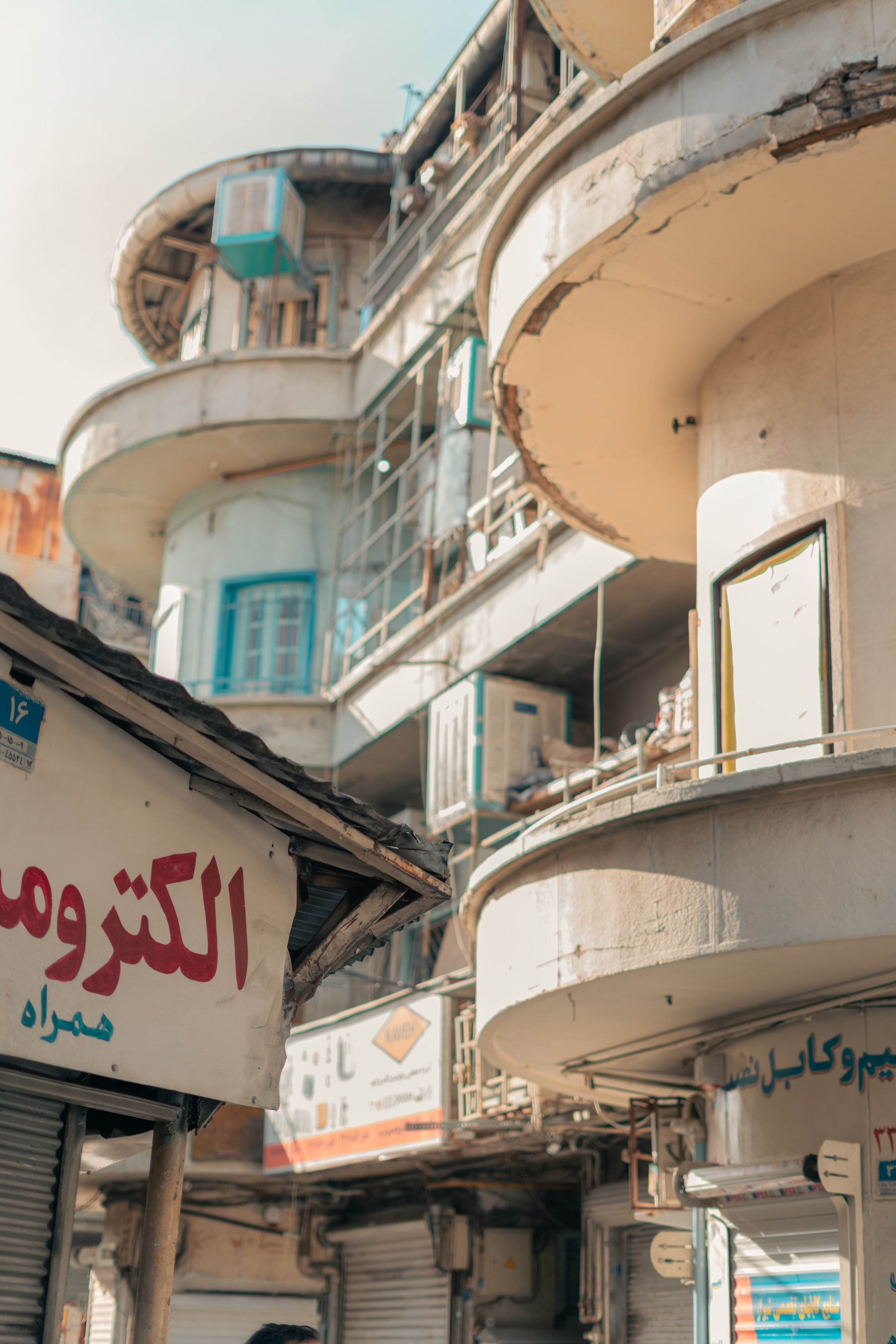
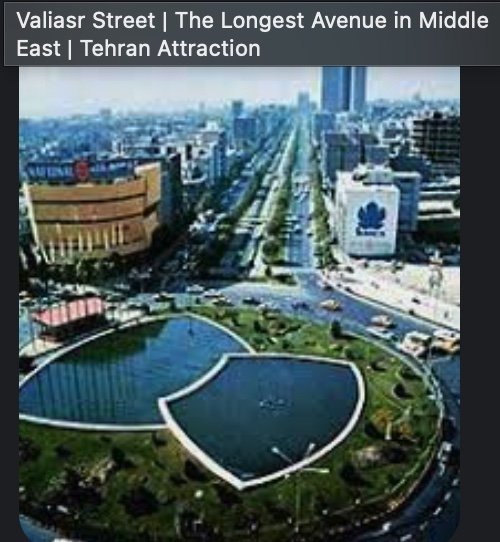
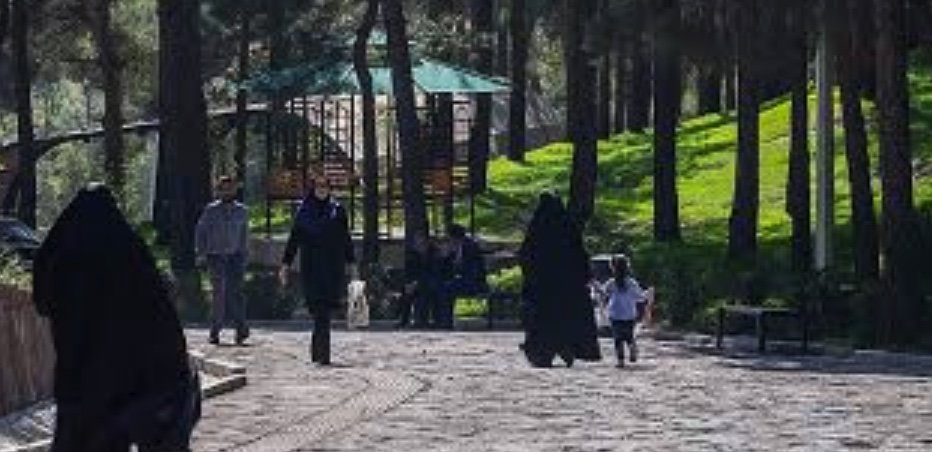
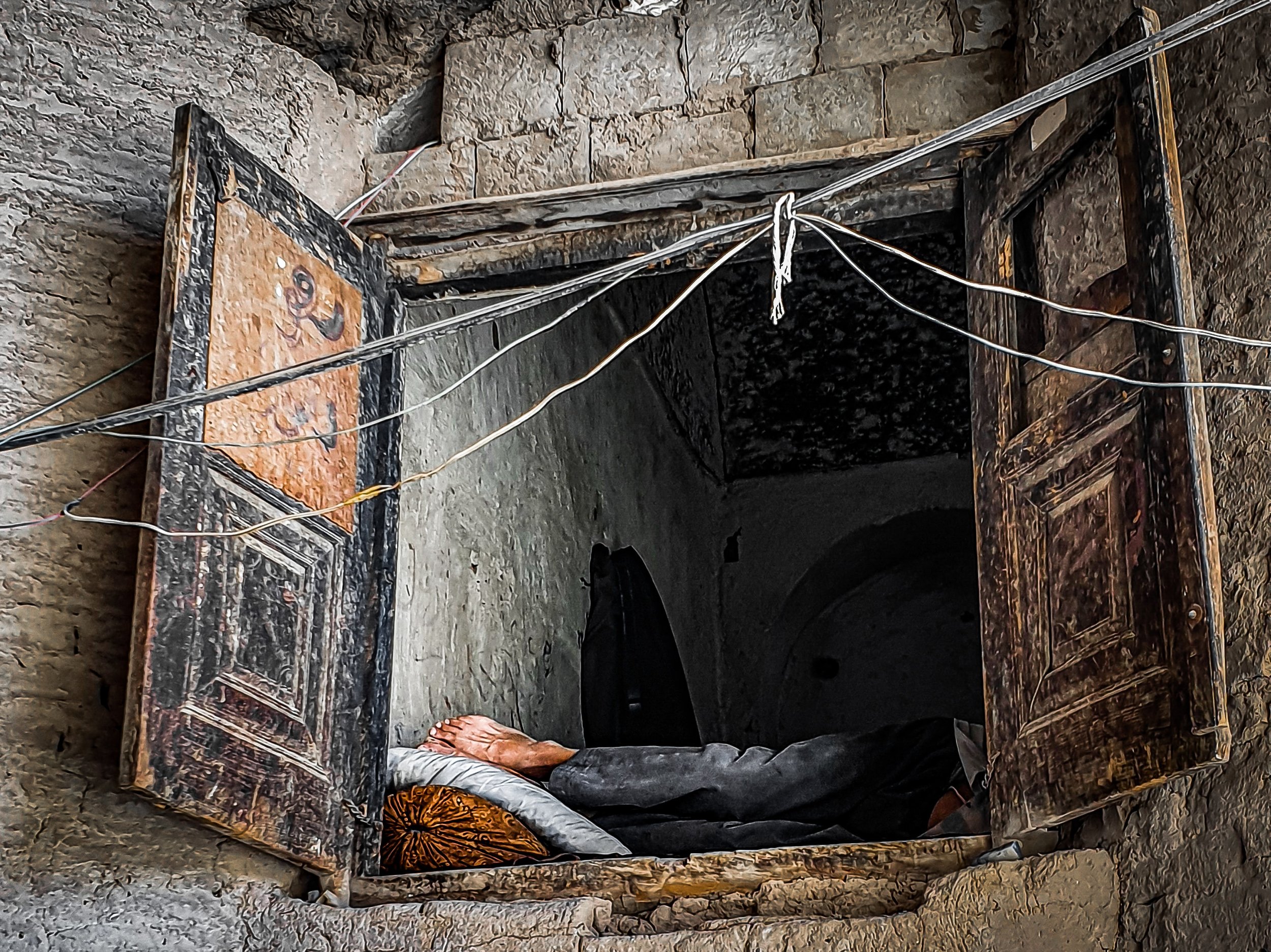
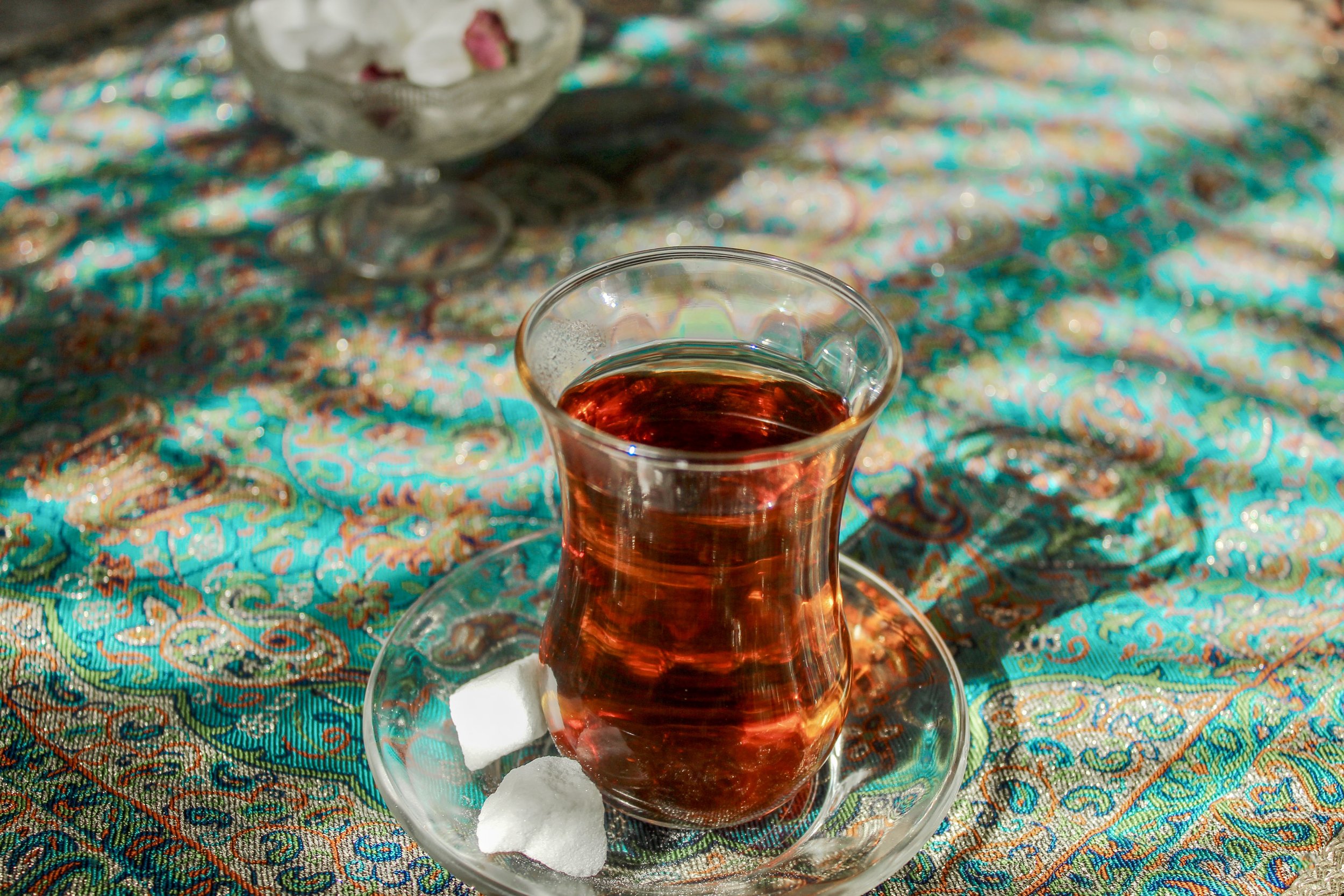
Then there’s the food… (and see the photo gallery below)
Food features conspicuously in the Crimson Ink series. As in most cultures, meals are where family and friends gather and where important and enjoyable conversations take place. Food always seems to smooth the way.
Iranians love to shop from bazaars where there are buckets, barrels, boxes and baskets of dried beans and lentils, spices, olives, dried fruits, nuts, as well as fresh fruit and vegetables.
As is the case in most countries, food in a nation’s various regions is distinctive and reflective of the cultures living there, and family preferences add to the variety. It’s impossible to do justice to these, so what you read below is only very general just to give you an idea. There are endless variations.
Kebab
Whether beef, lamb, chicken, whether in cubes or ground, kebab is typically grilled on skewers. Vegetables such as eggplant, peppers, and especially tomatoes are usually grilled as well. These may be accompanied by various thick sauces, yoghurt mixtures and flatbread. Usually the pungent purple ground spice called somagh (sumac in English) is sprinkled on the grilled food. White long-grained basmati rice is an integral part of this traditional (and almost) national dish. You can find this chelow kebab everywhere, even from street kiosks.
Rice
Rice is steamed in such a way that the individual grains separate easily. The bottom of the pot (tah digh) is the place where butter or oil is heated and then thin slices of raw potato are usually added and the freshly partly boiled hot basmati is spooned on top. The pot is covered and the heat turned low. When the steaming has completed the cooking process, the pot is emptied carefully or tipped onto a large plate. The bottom – rice or potato – is now a golden brown and very crisp. This tahdigh (yes, that is what it is called) is removed to keep it crisp and is split apart and arranged on a plate, from where it is likely to quickly disappear if you don’t get to it quickly enough!
Saffron is highly prized. Plucked from the purple flowers grown especially for the local and global markets, the red-orange strands are bought dried. They are ground to a powder and are added to liquid and mixed with white rice or poured on top.
Persians make a wide variety of vegetable and meat stews. In some stews, dried fruit such as small plums, quince pieces, apricots, cherries, dates and more are an important ingredient. Stews (khoresh) are served with white rice.
Mixed rices abound. To white rice are added a variety of herbs of one or more types. Dried beans or lentils, cubes of meat, and cut vegetables may also be added to make a complete meal. Thick plain yoghurt is served on the side, as are plates of fresh herbs such as mint, tarragon, parsley, chervil, chives and other garnishes. Bowls of yoghurt to which combinations of other elements such as cucumber, mint and raisins, or garlic are added, are often served as side dishes.
Another Persian favorite is doogh, a drink made of yoghurt, water, a bit of salt and mint. It is especially appreciated as a refreshing cold drink on a warm day.
Sweets:
Desserts are many and include puddings and sweetmeats of all kinds. Traditional Persian ice cream is typically made with saffron, pistachios and rose water. Cookies are typically small and made from rice meal, almond meal, chickpea meal, ground walnuts or almonds and more. Halva is another sweet that is enjoyed and there is a homemade version that uses browned white flour. Jams and preserves are made from many kinds of fruits. Dried fruits are ubiquitous: figs, dates, apricots, mulberries and more are often on the coffee table along with pistachios and other nuts for guests.
Tea:
Traditional tea is made using a samovar. The water is heated in the large bottom part and a small teapot sits on top. A hefty portion of dry tea leaves is added to the warm pot and filled with boiling water from the spout in the bottom part of the samovar. The full pot is put on the top again to let the tea steep. It becomes very strong. When the tea has steeped it can be poured in small quantities into tea tiny, delicate glasses or estekan. Then water is added to suit the strength of tea desired. Today water kettles are often used as well as samovars, which are now mostly heated by electricity instead of coal. Nevertheless, the method of tea-making is largely the same.
On special holidays, such as Naw-Ruz, there are many food and other traditions to enjoy. You can check those out HERE & HERE.
Another great site for food photos with descriptions can be found HERE.
These sites are but a sample of many that have some RECIPES as well as How-To and Recipes.
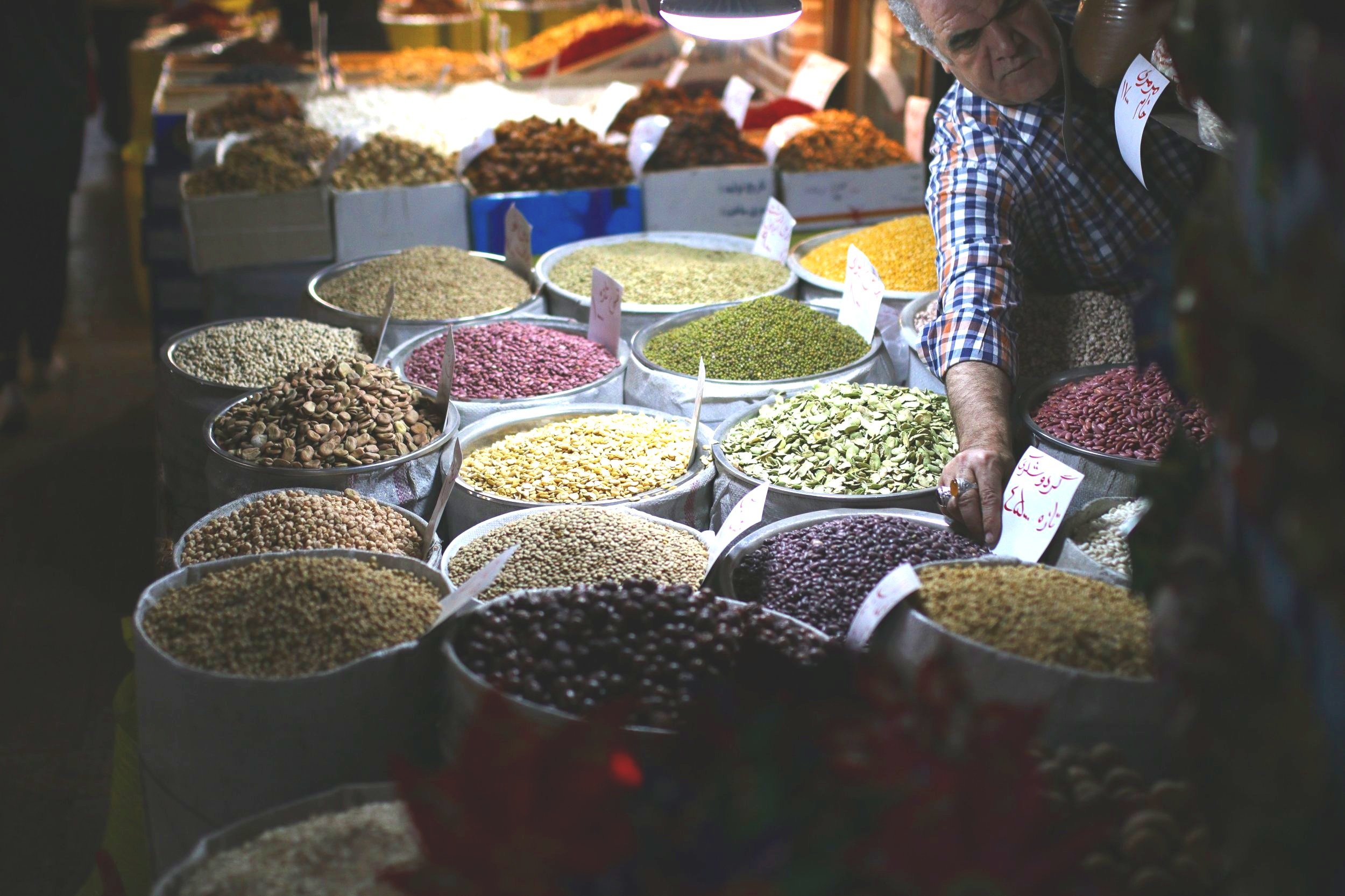
Iran bazaar - dried beans lentils market - Iran market

modern cafe Iran - urban cafe Iran - women in cafe Iran

Iranian food - Iran grill platter - Iran grilled meat and veg - Iran kebab on skewers
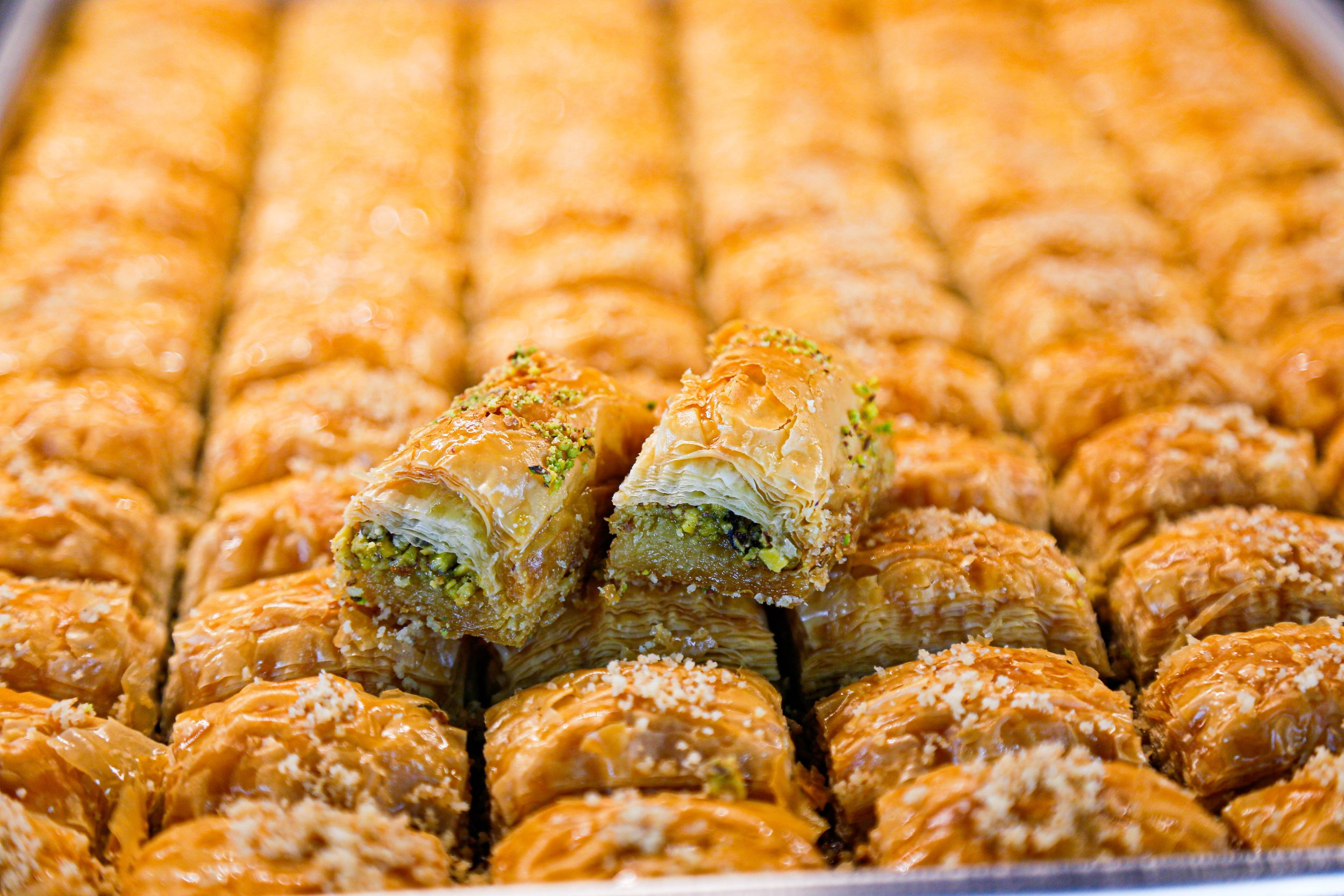
Iran confection - Iran baklava - Iran sweets - pistachio filling
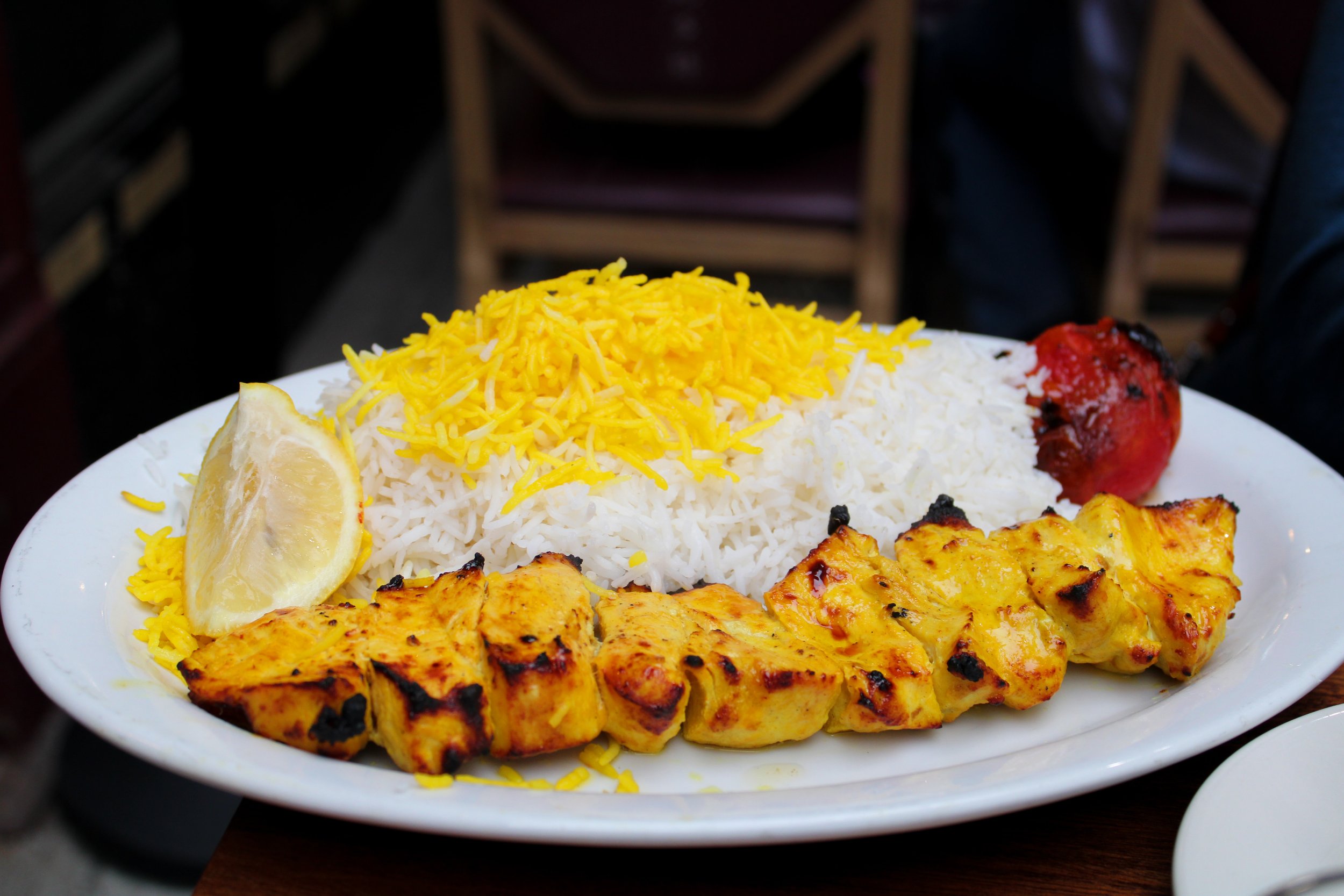
Jujeh kebab Iran - chicken kebab and rice - grilled tomato -saffron rice
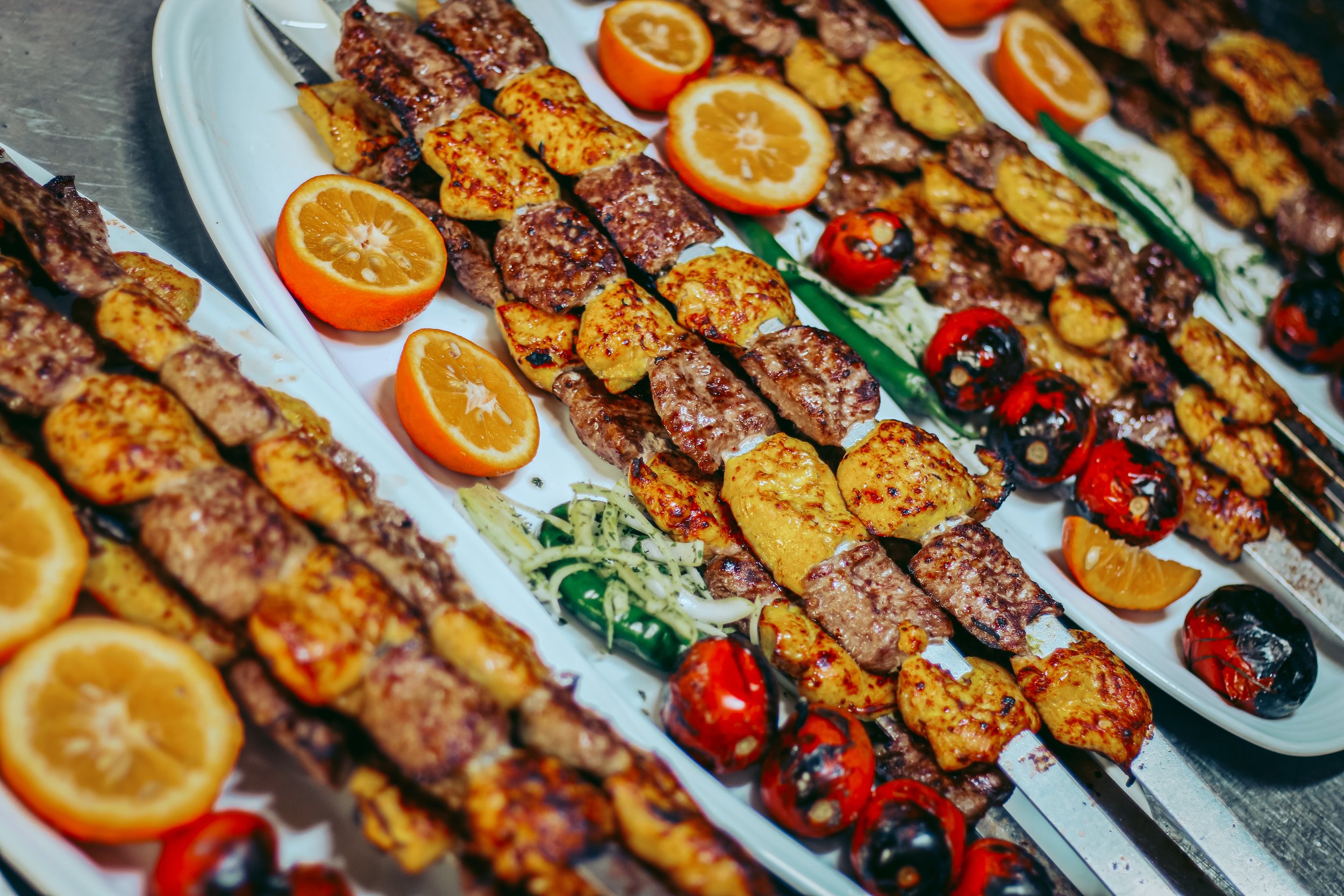
Mixed kebabs on skewers Iran - Persian grill - Persian food - Persian grill platter
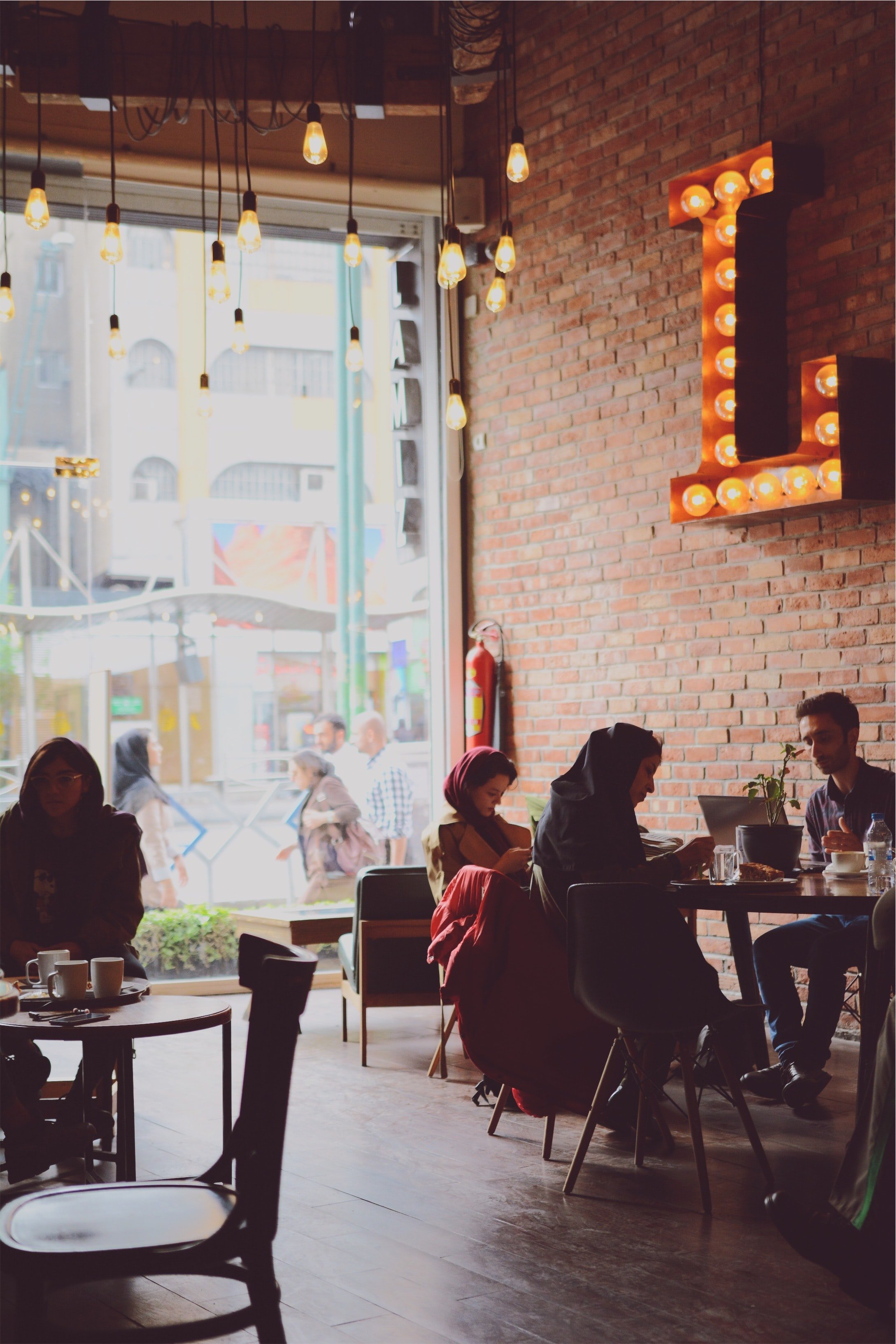
Iran urban cafe interior - Iran modern cafe
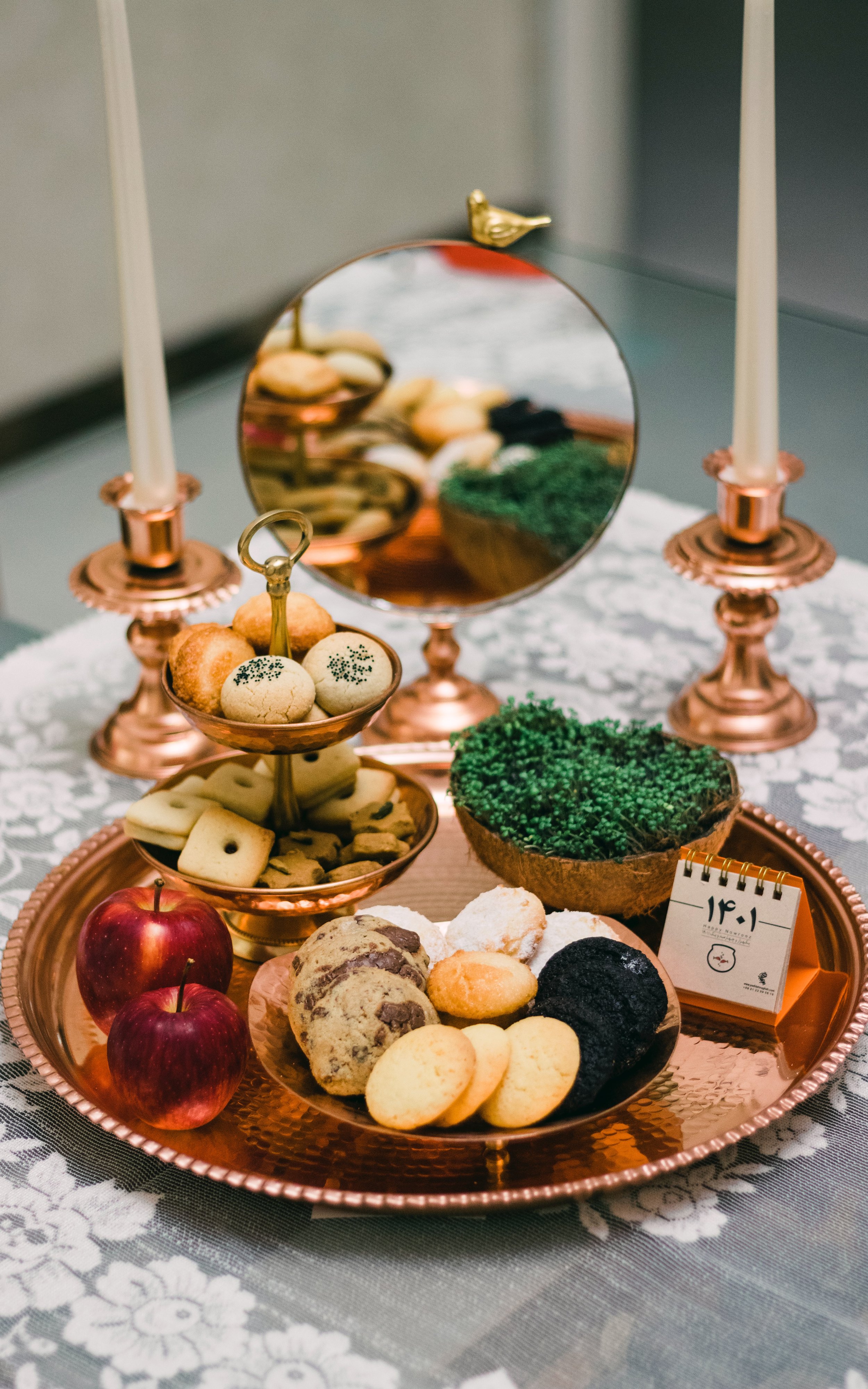
Naw Ruz tray Iran - New Year tradition Iran - Persian sweets New Year

Persian food platter - chicken with saffron rice and vegetables - Persian flatbread - Persian dough - Persian yoghurt drink
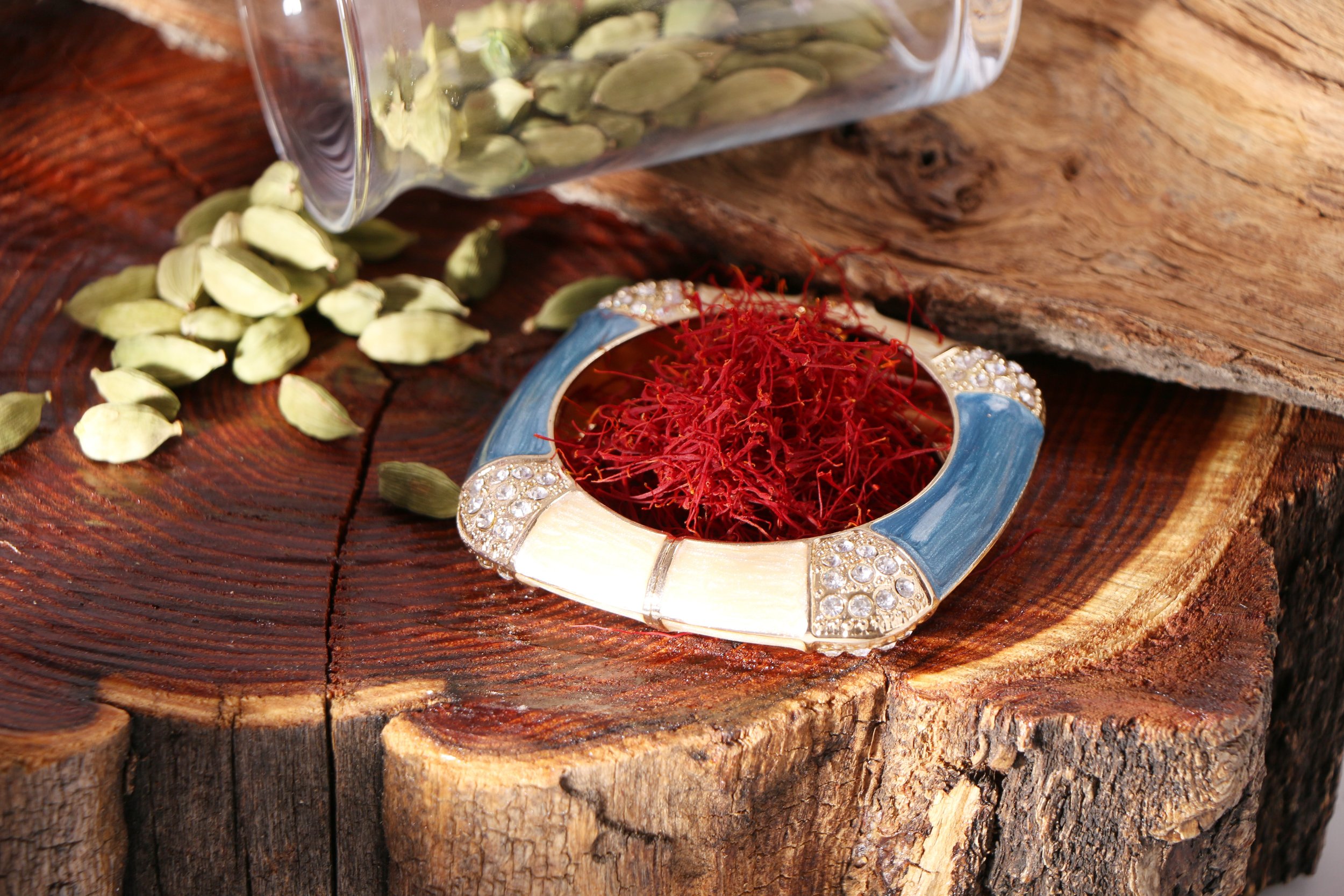
Saffron strands and cardamom pods Iran
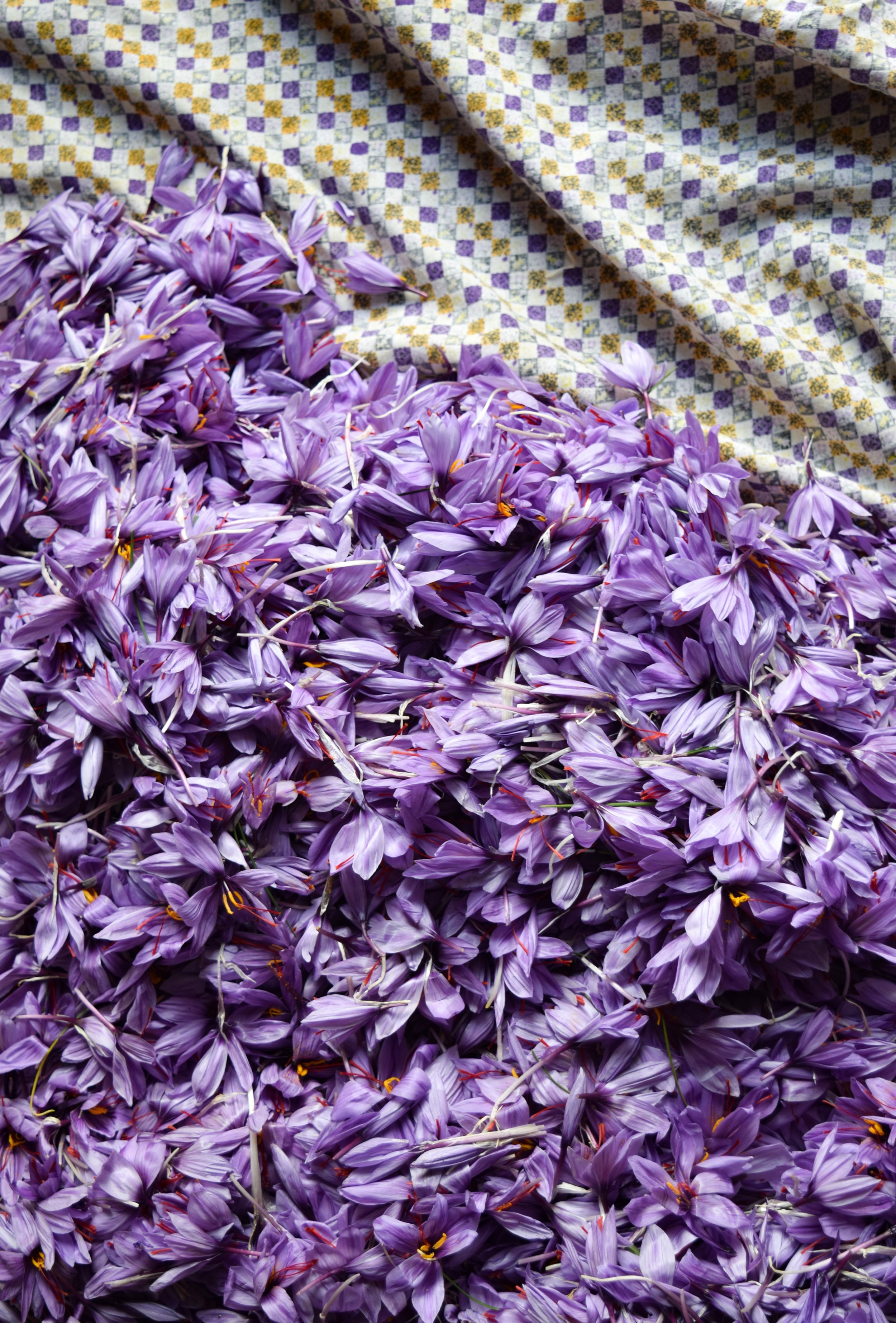
Drying saffron flowers Iran - purple flowers Iran - saffron source Iran
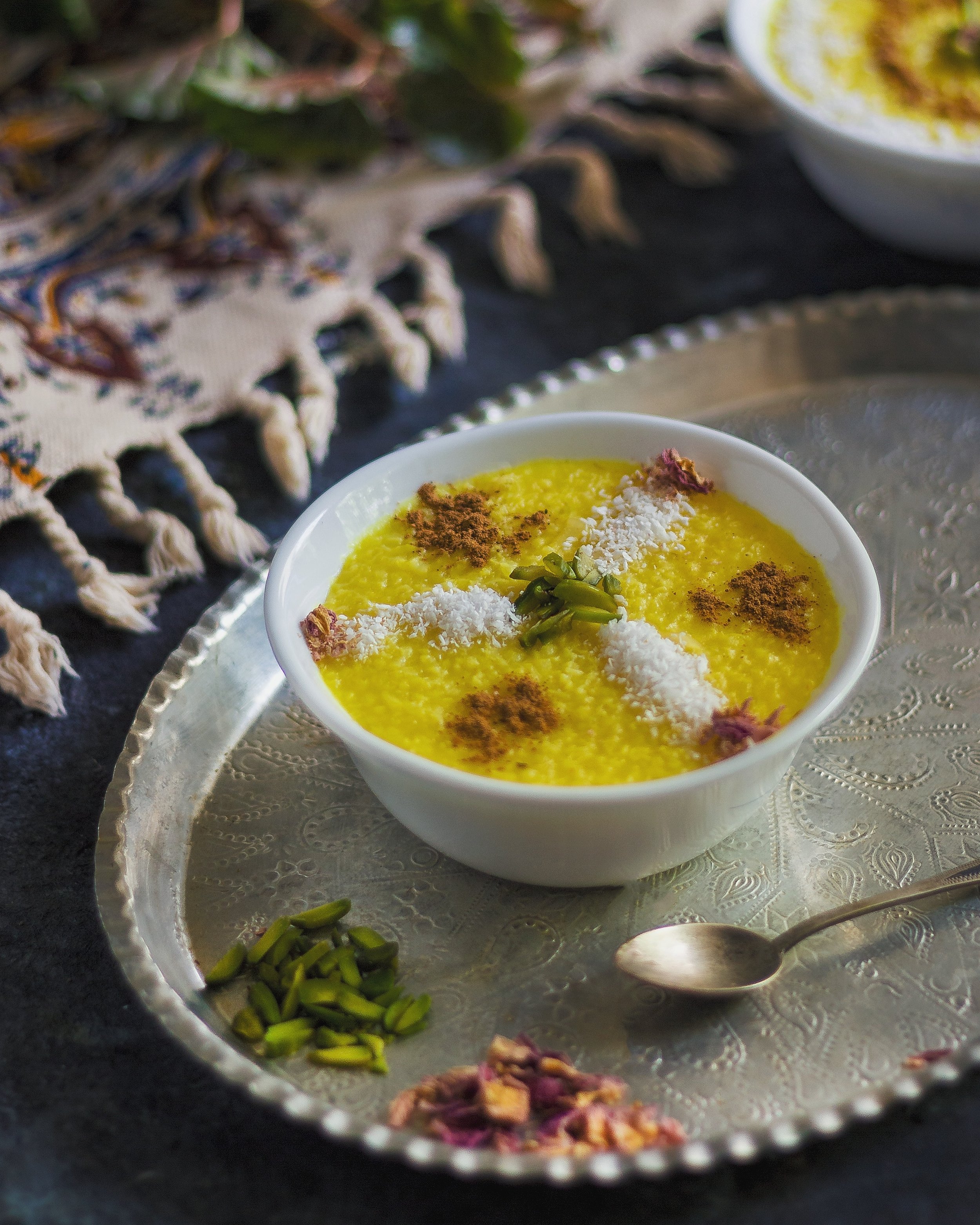
Persian cold pudding - shol-e zard Iran - Persian dessert
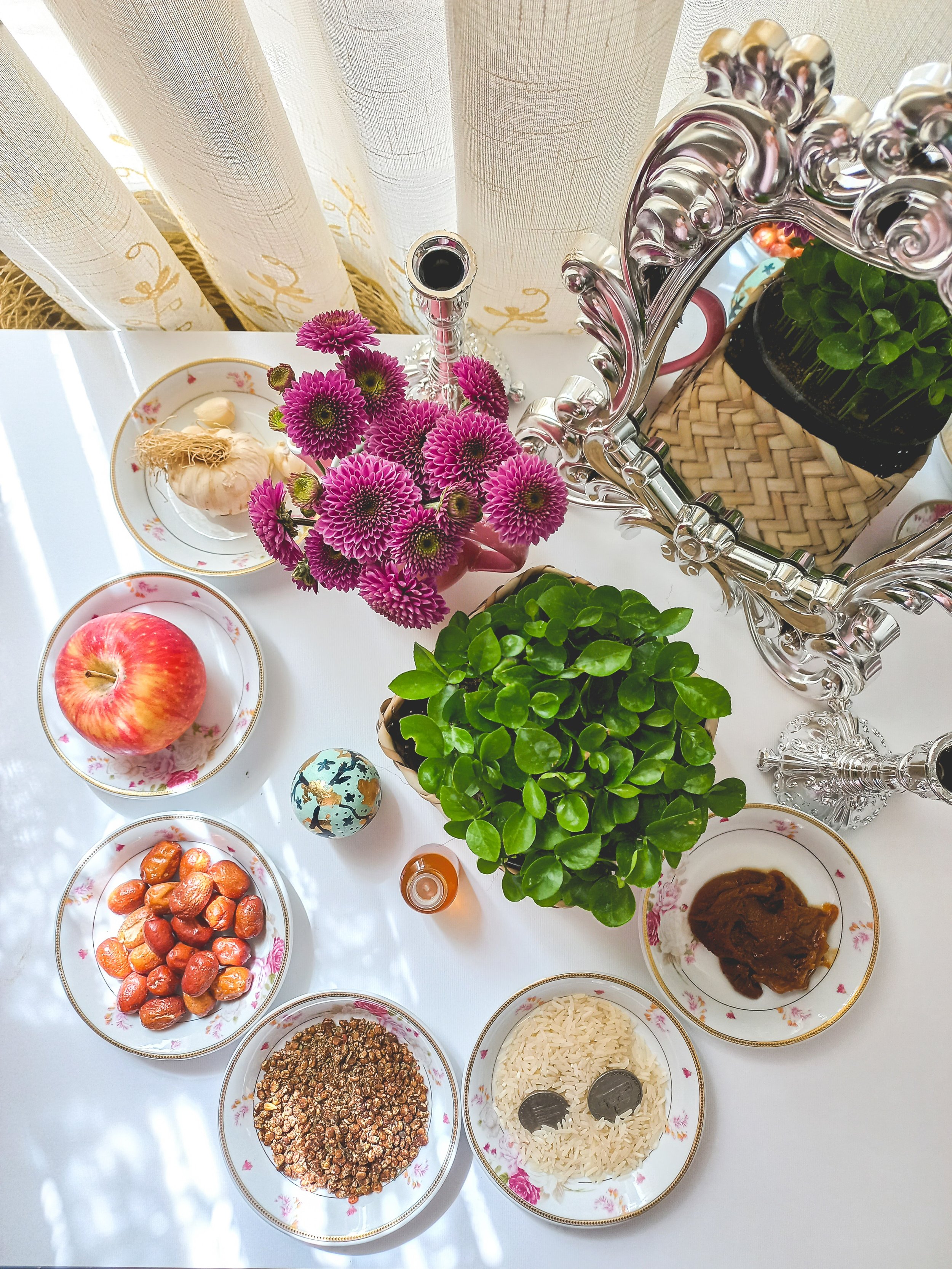
Naw Ruz table Iran - New Year table Iran - Haft sin Iran Naw Ruz - ancient New Year tradition Iran
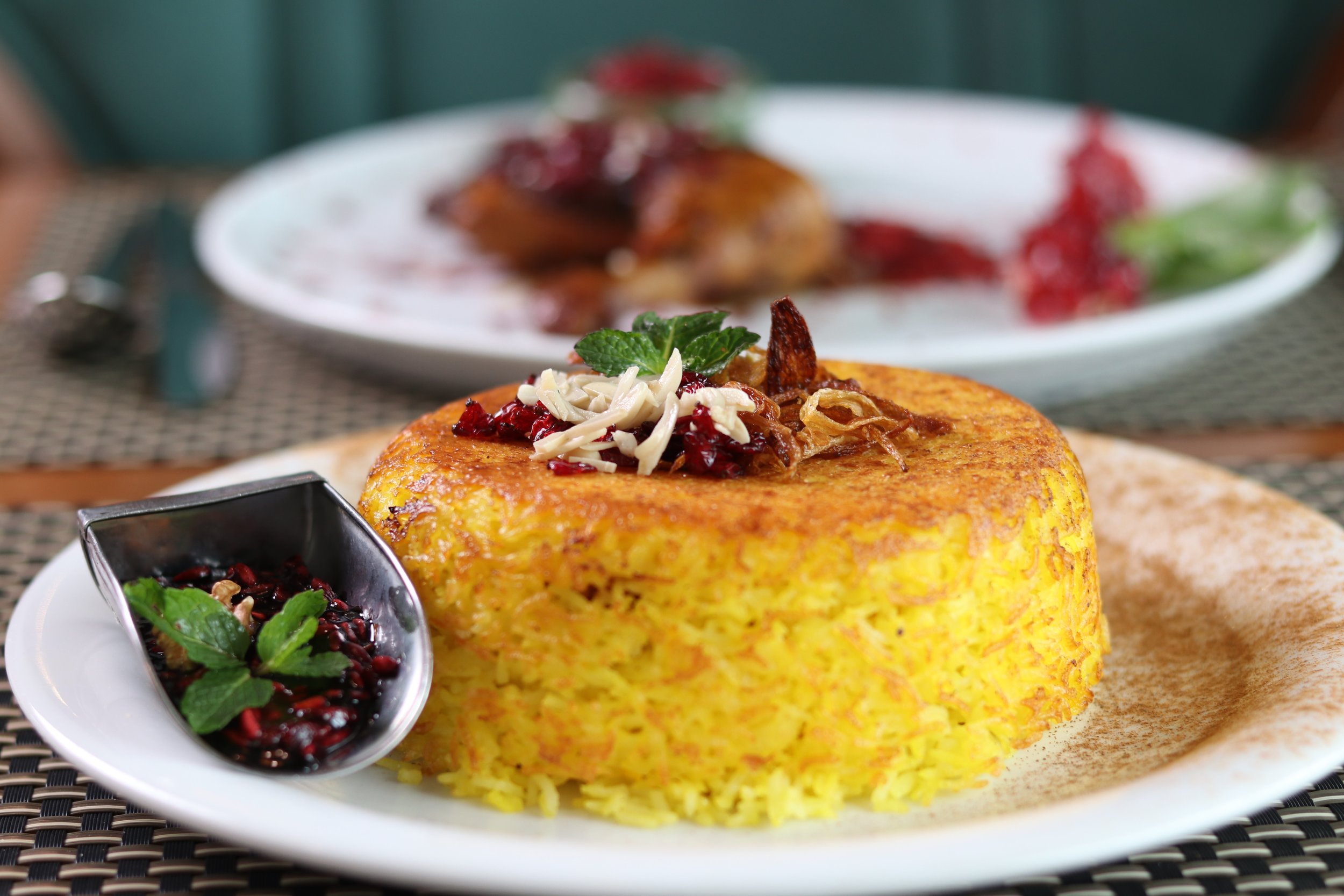
Persian rice with dates and almonds - Persian rice cake
